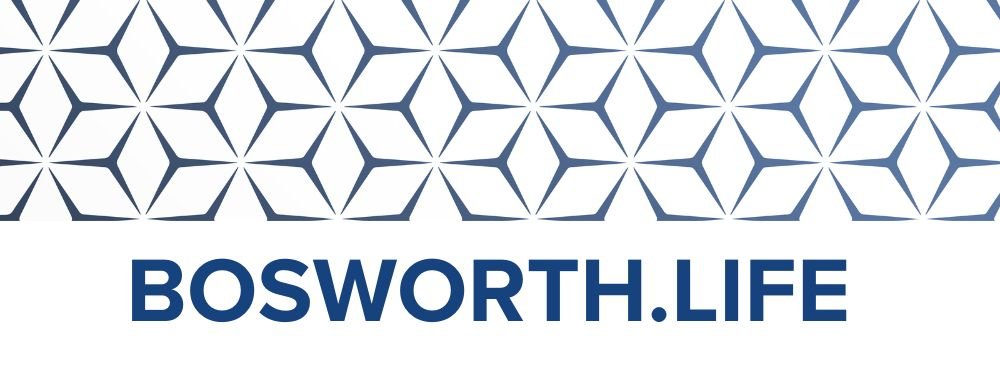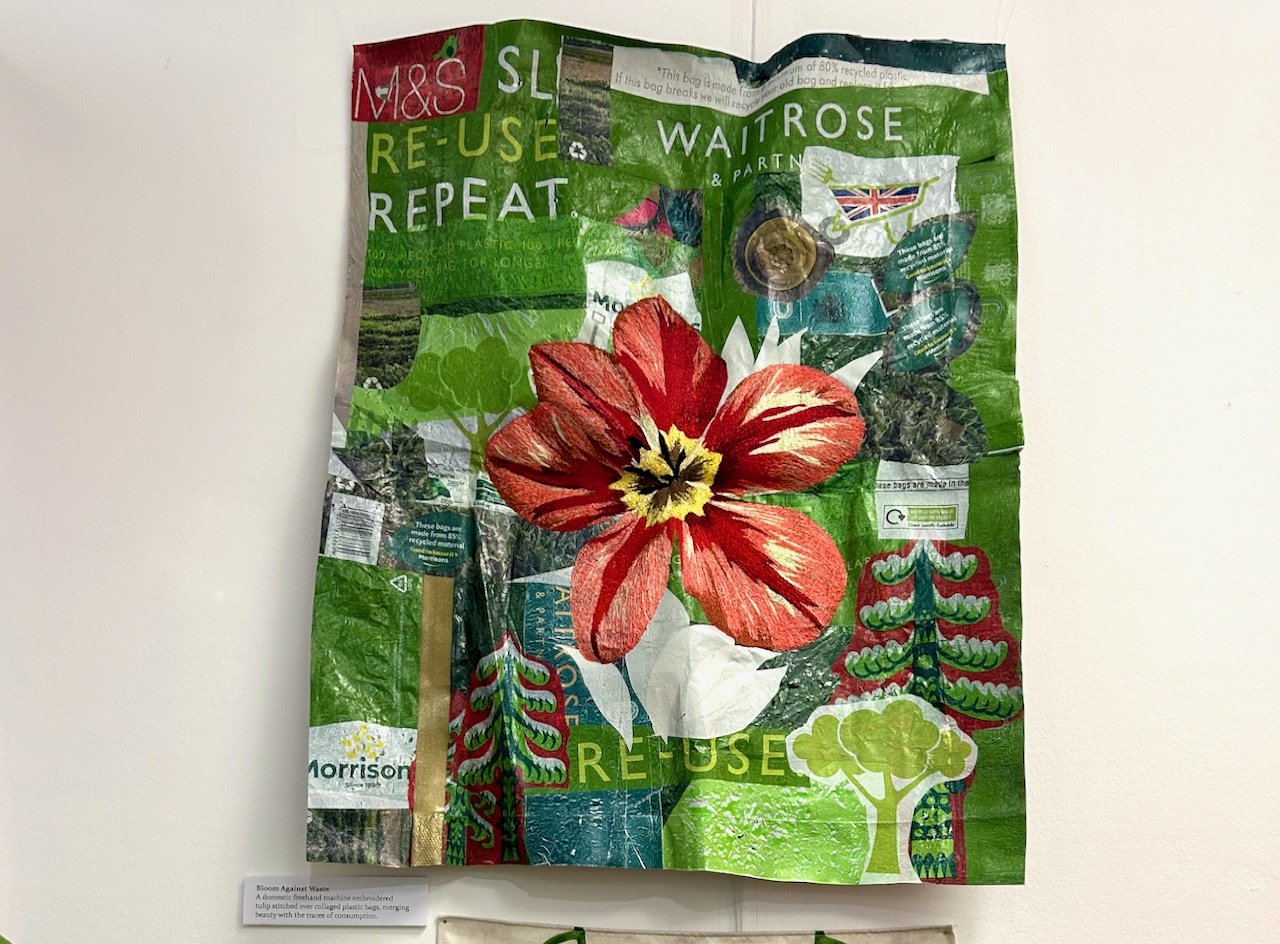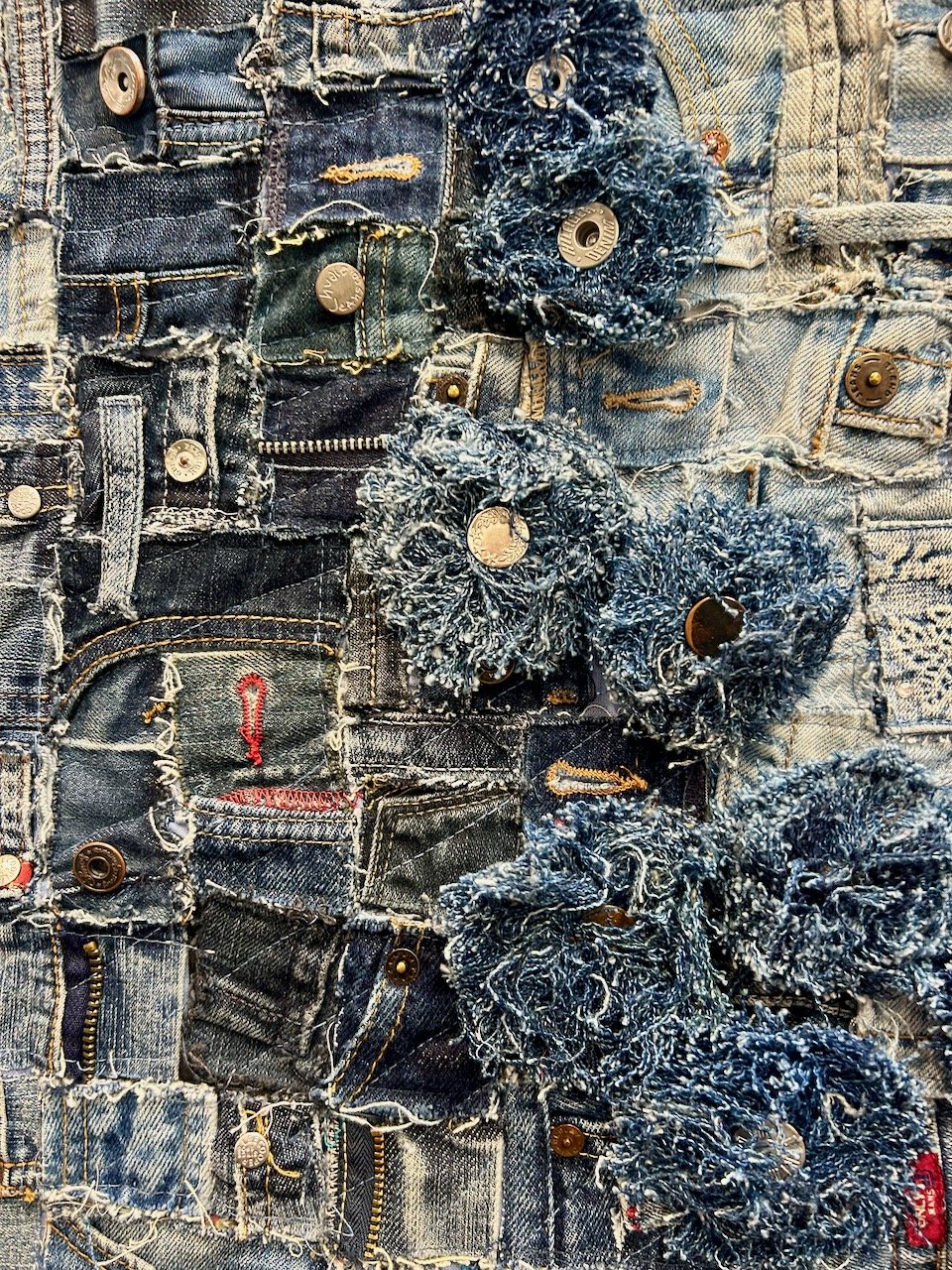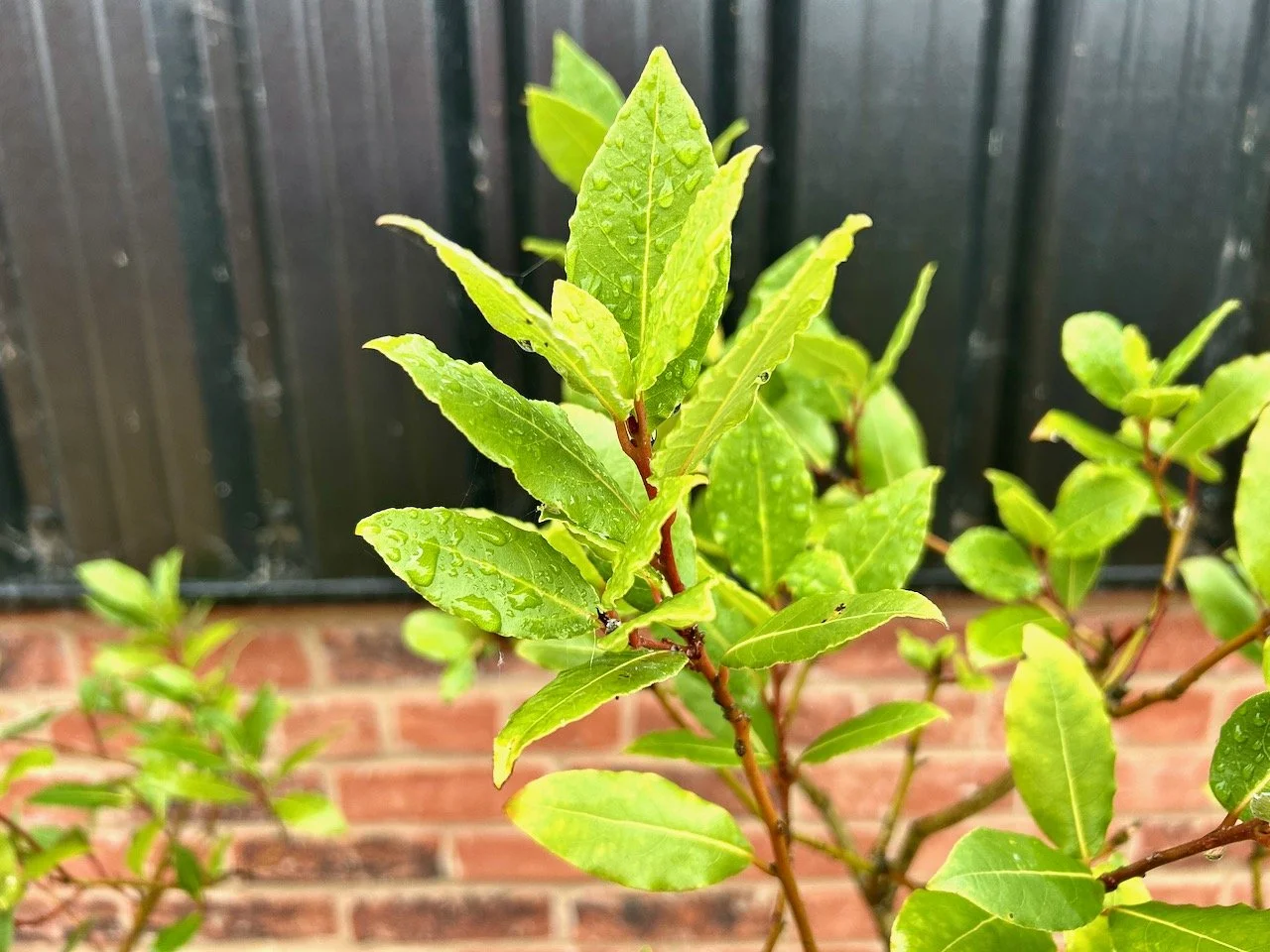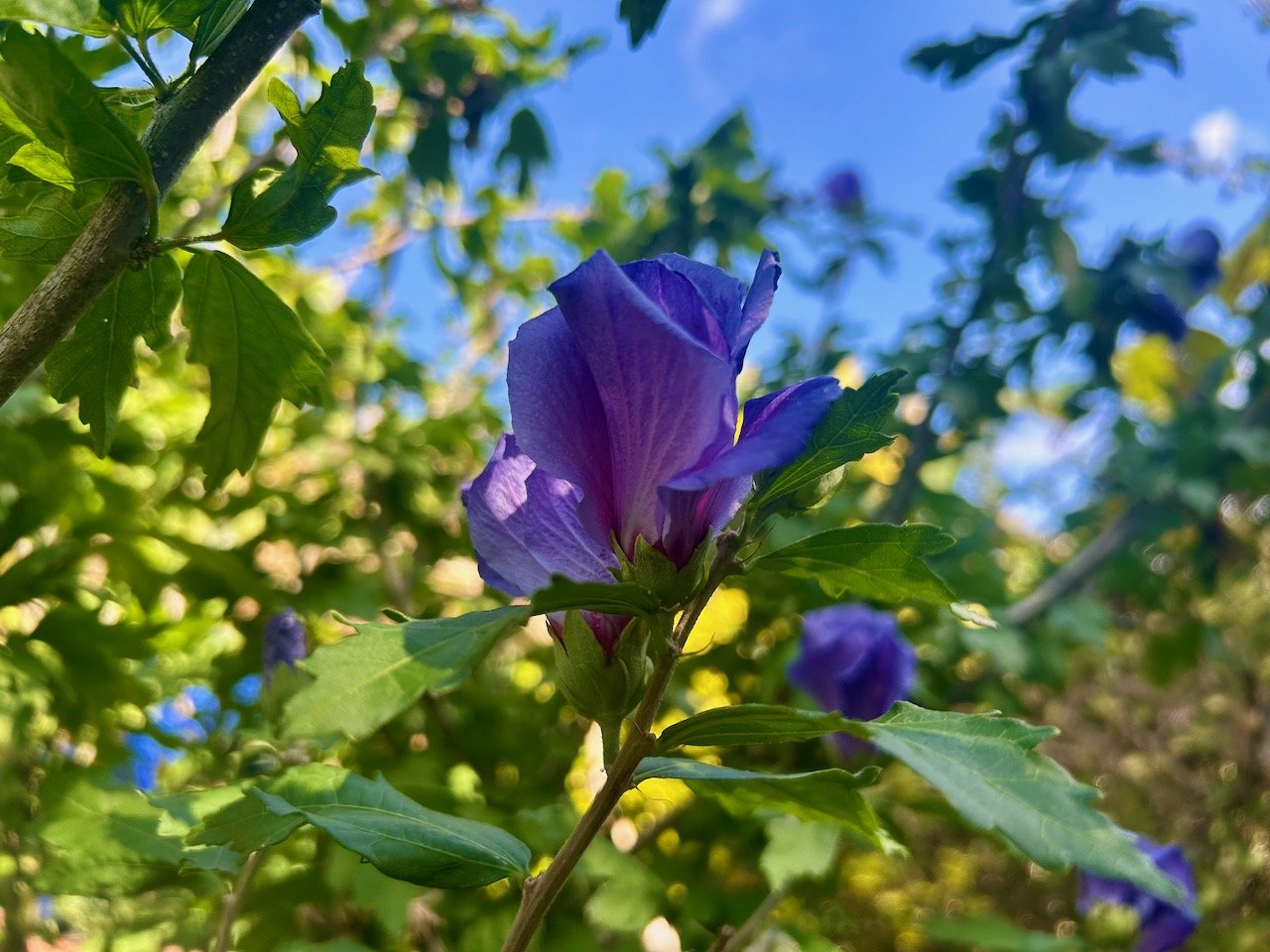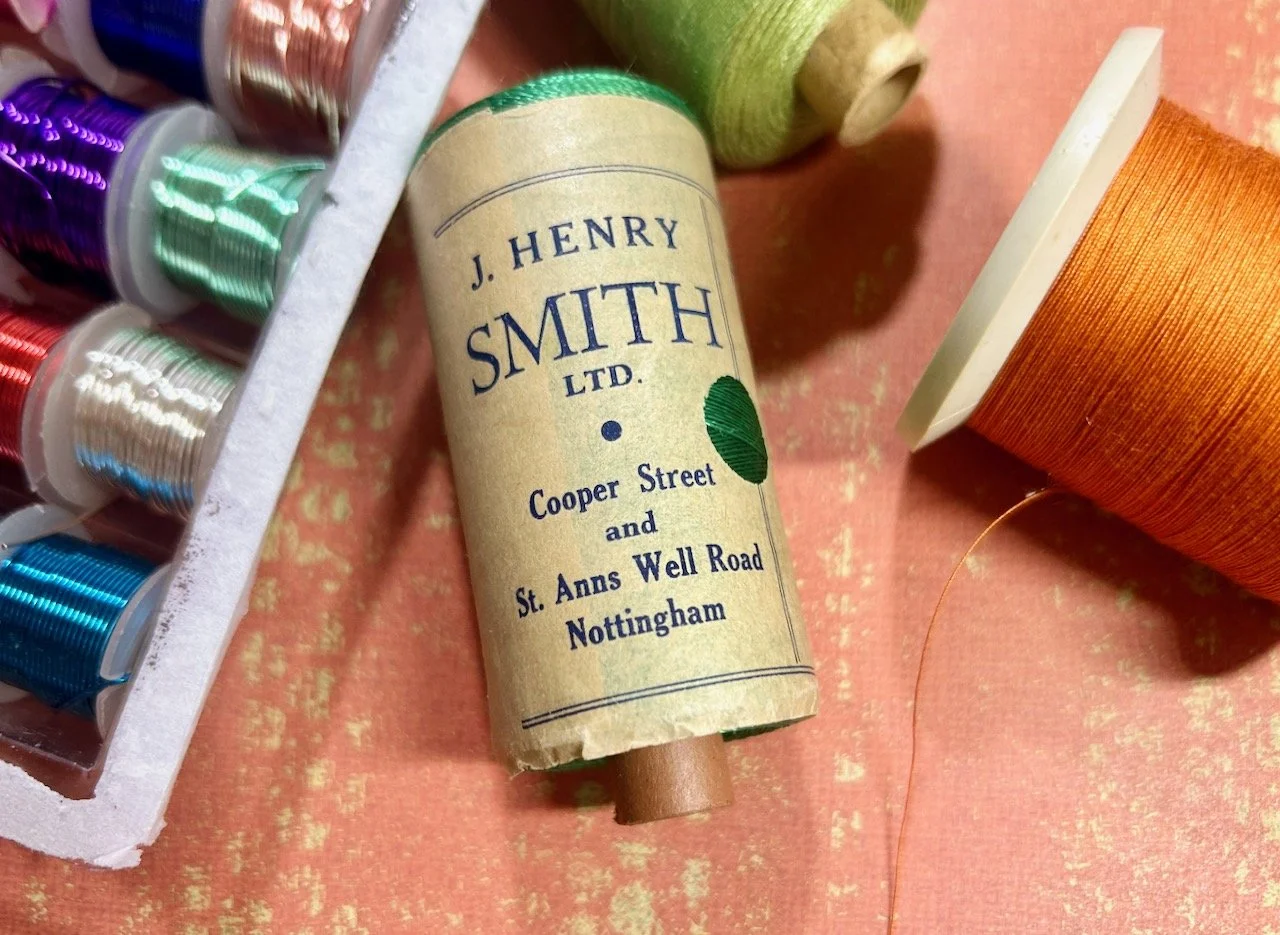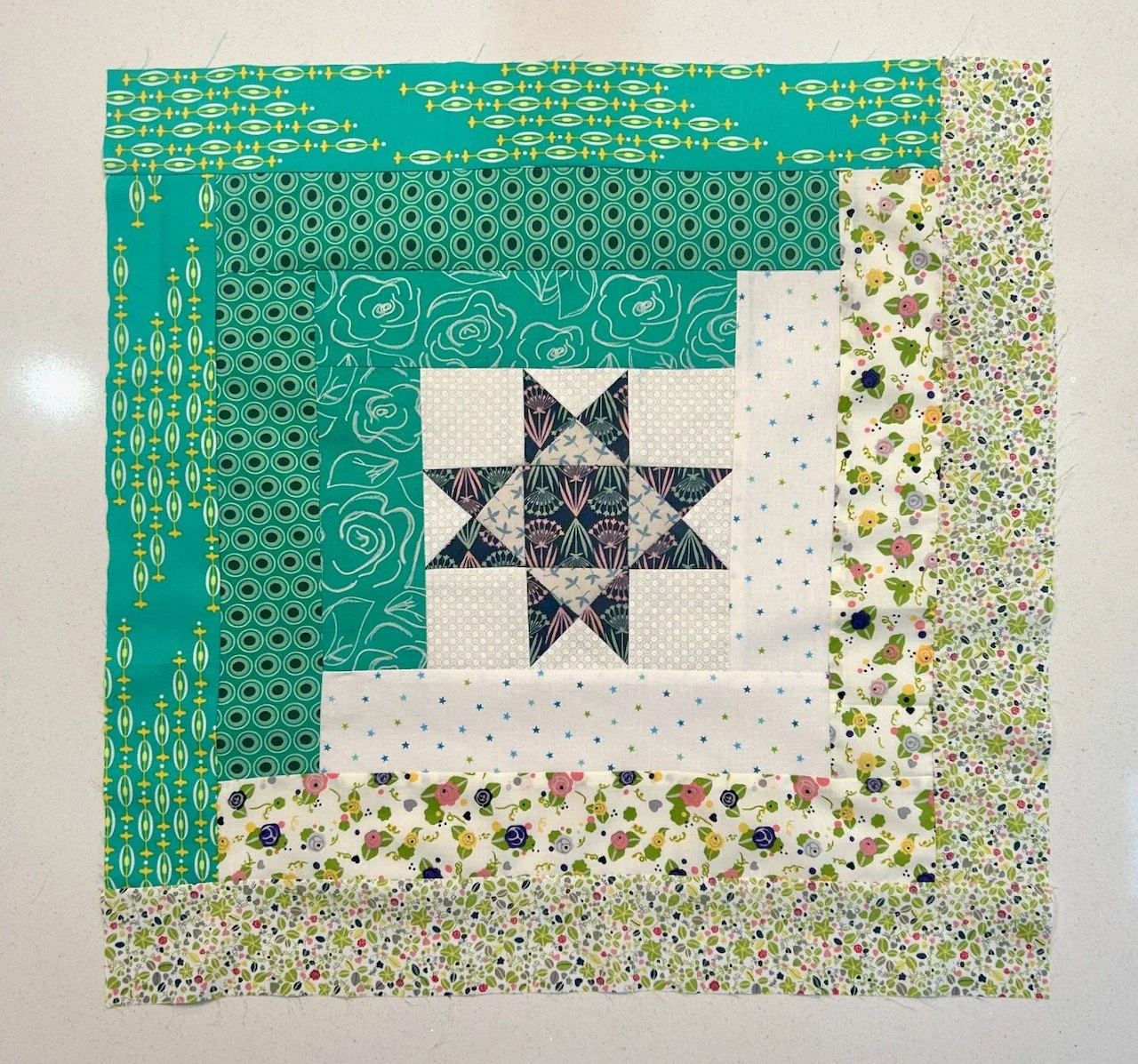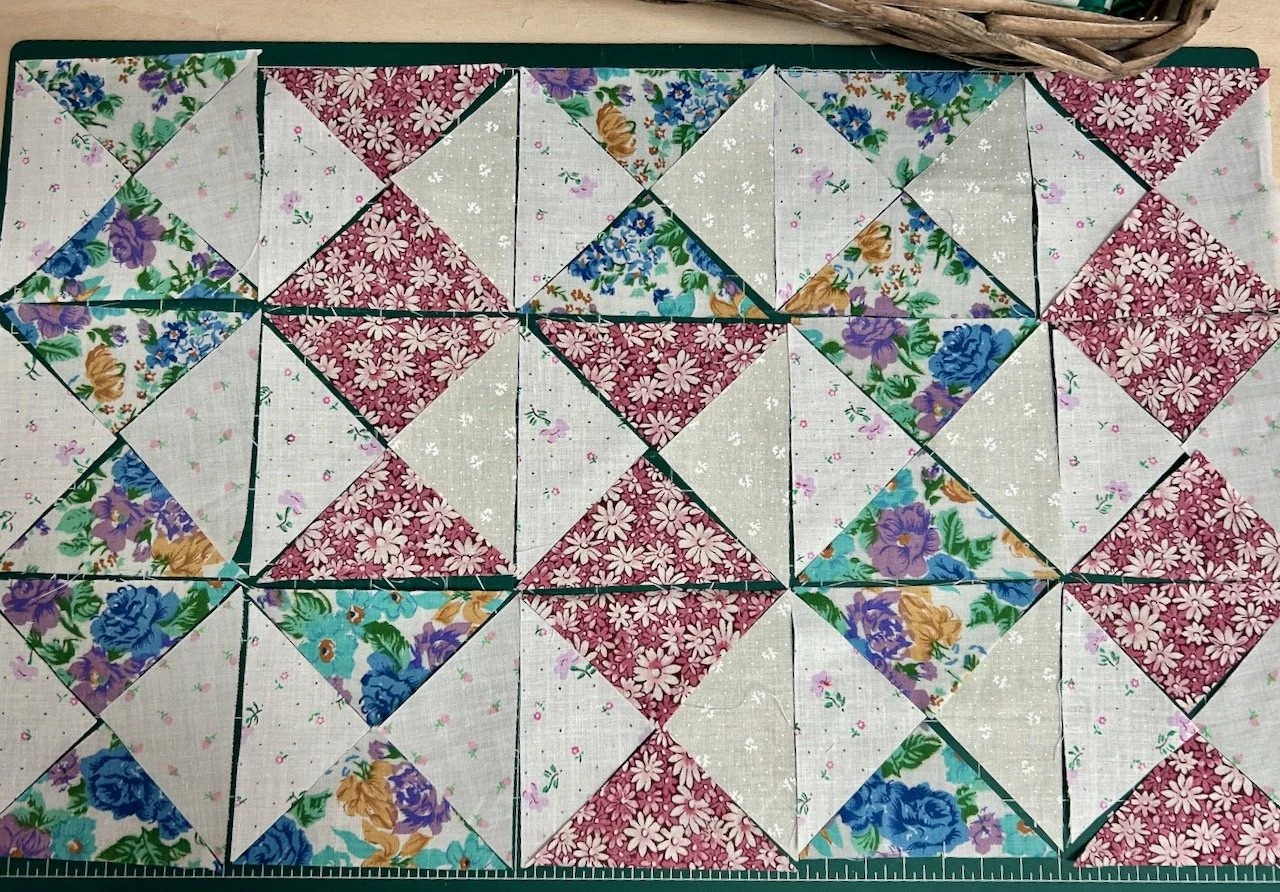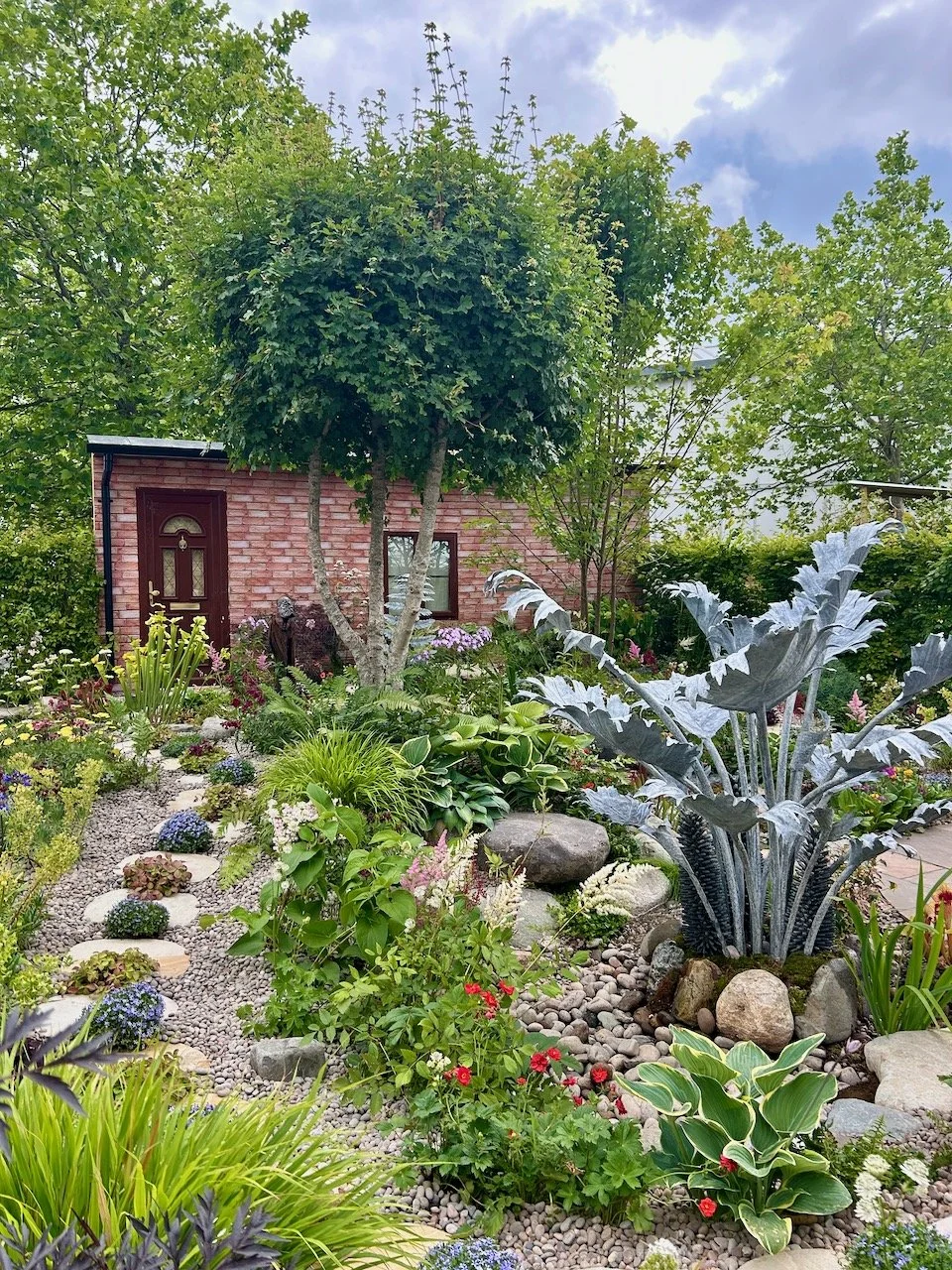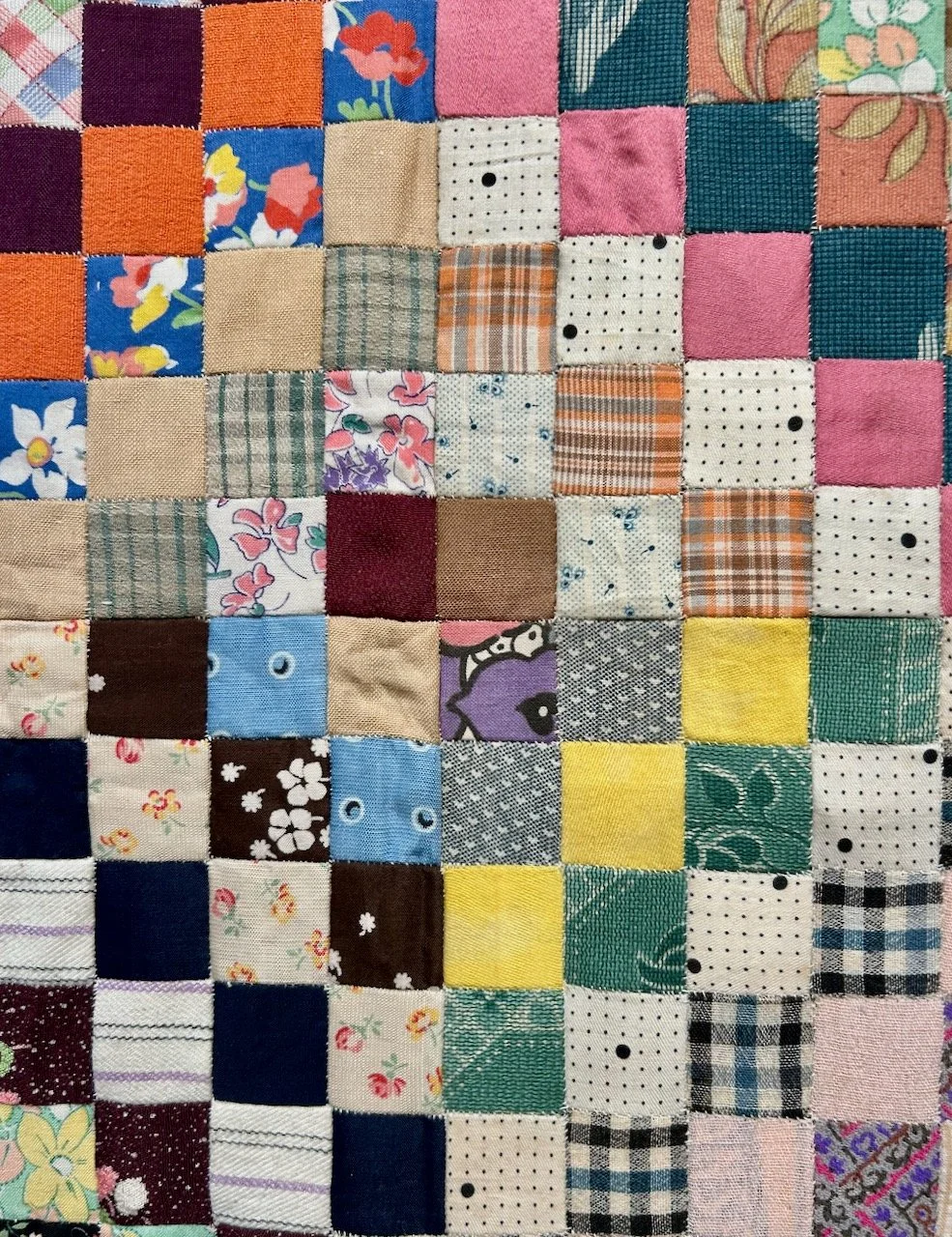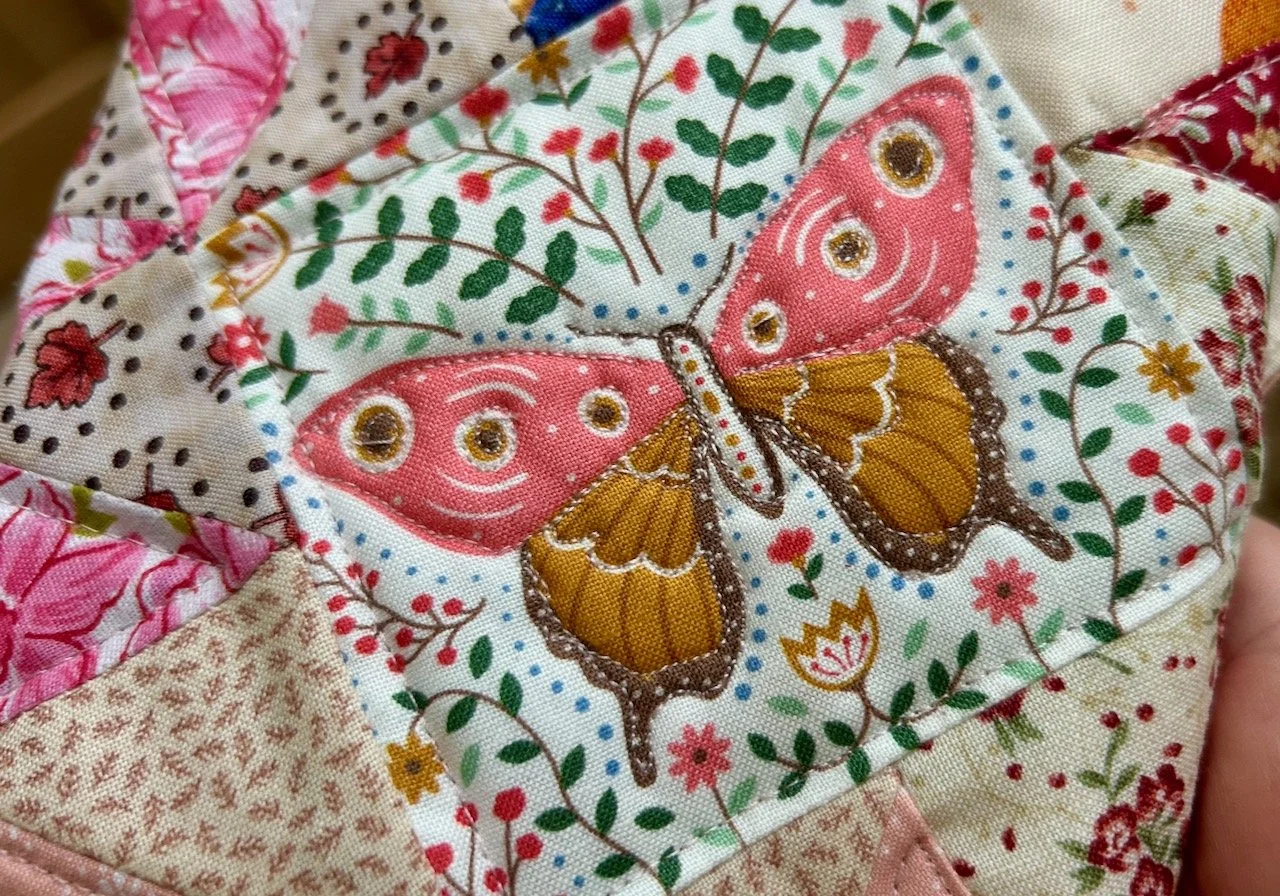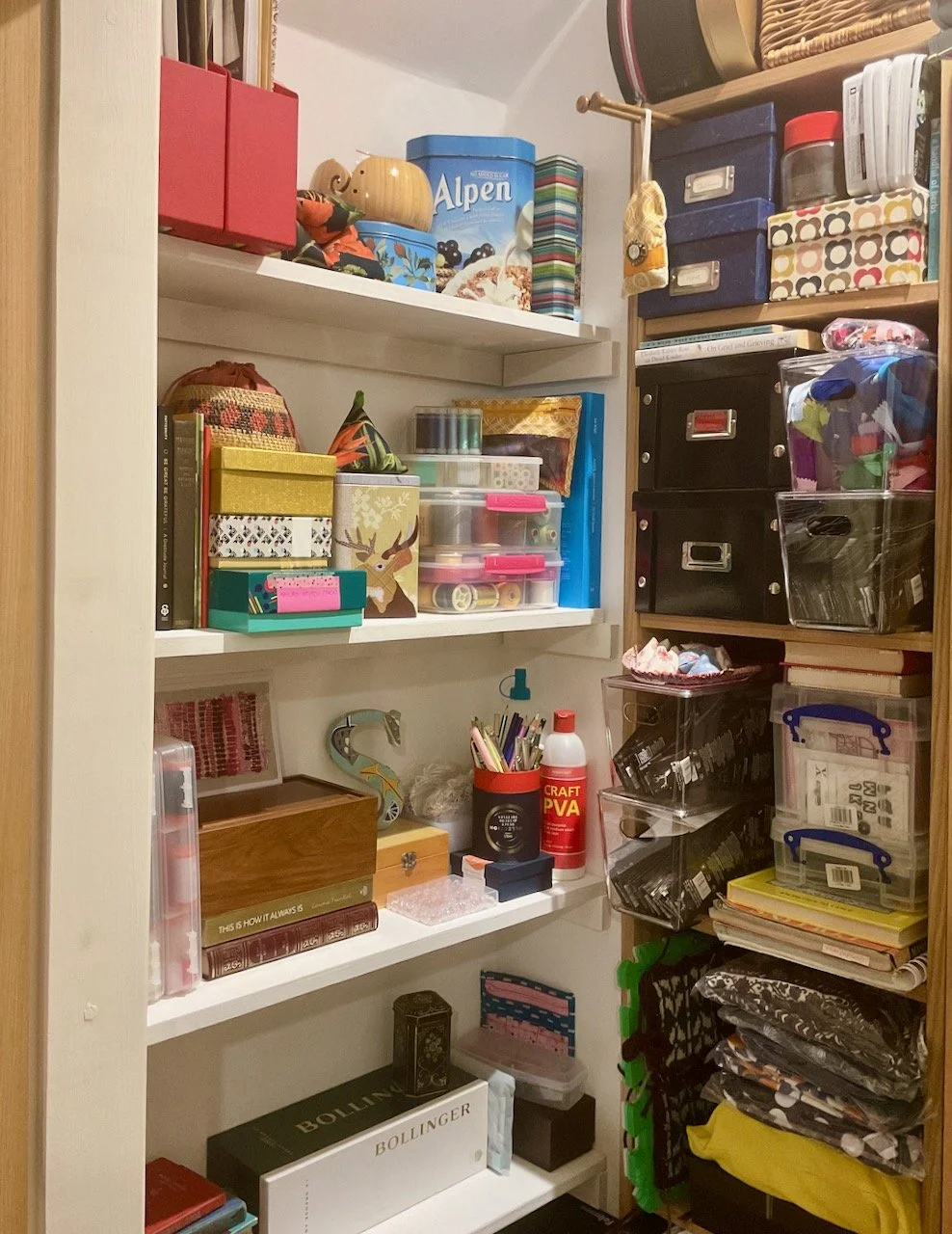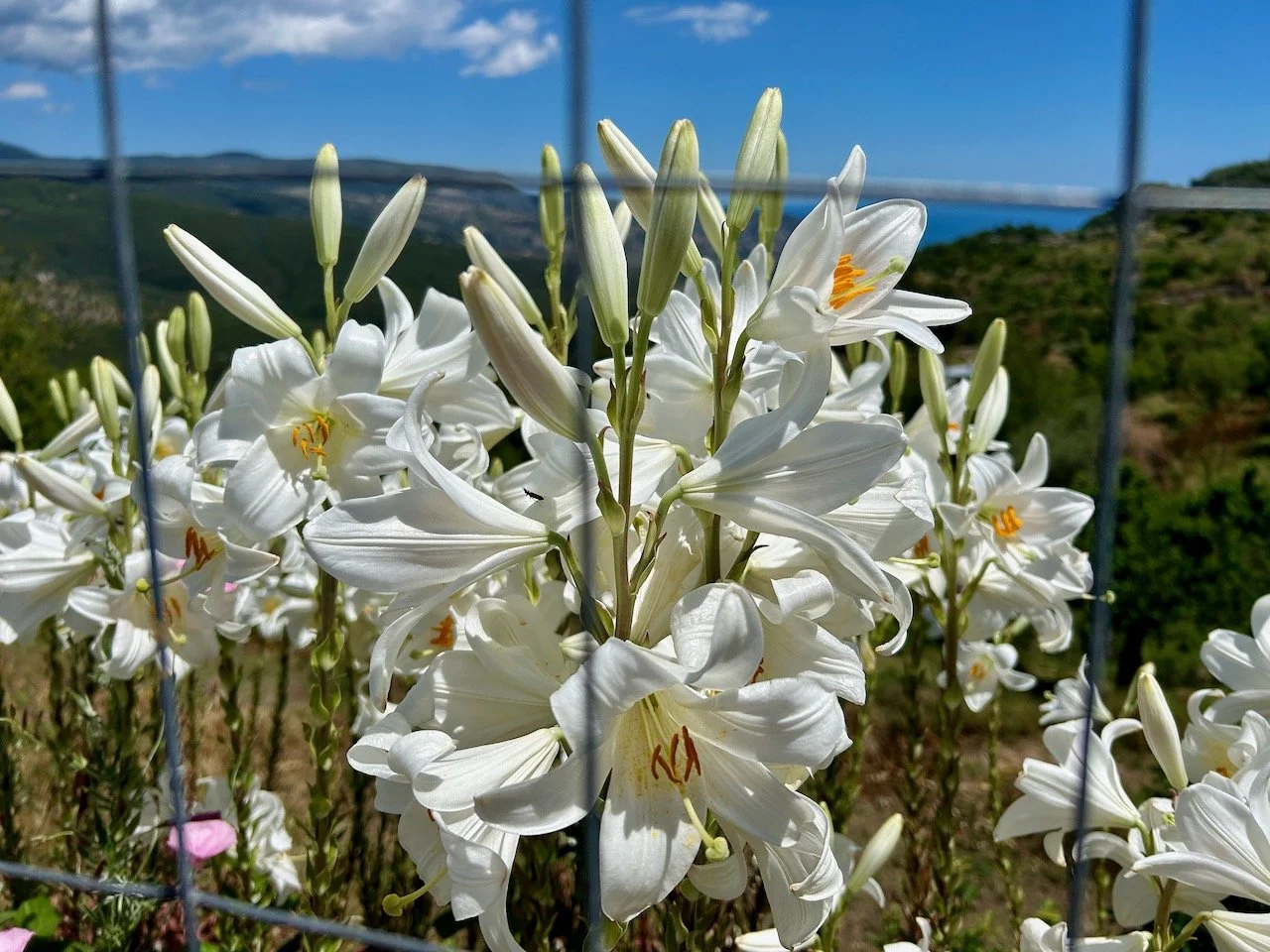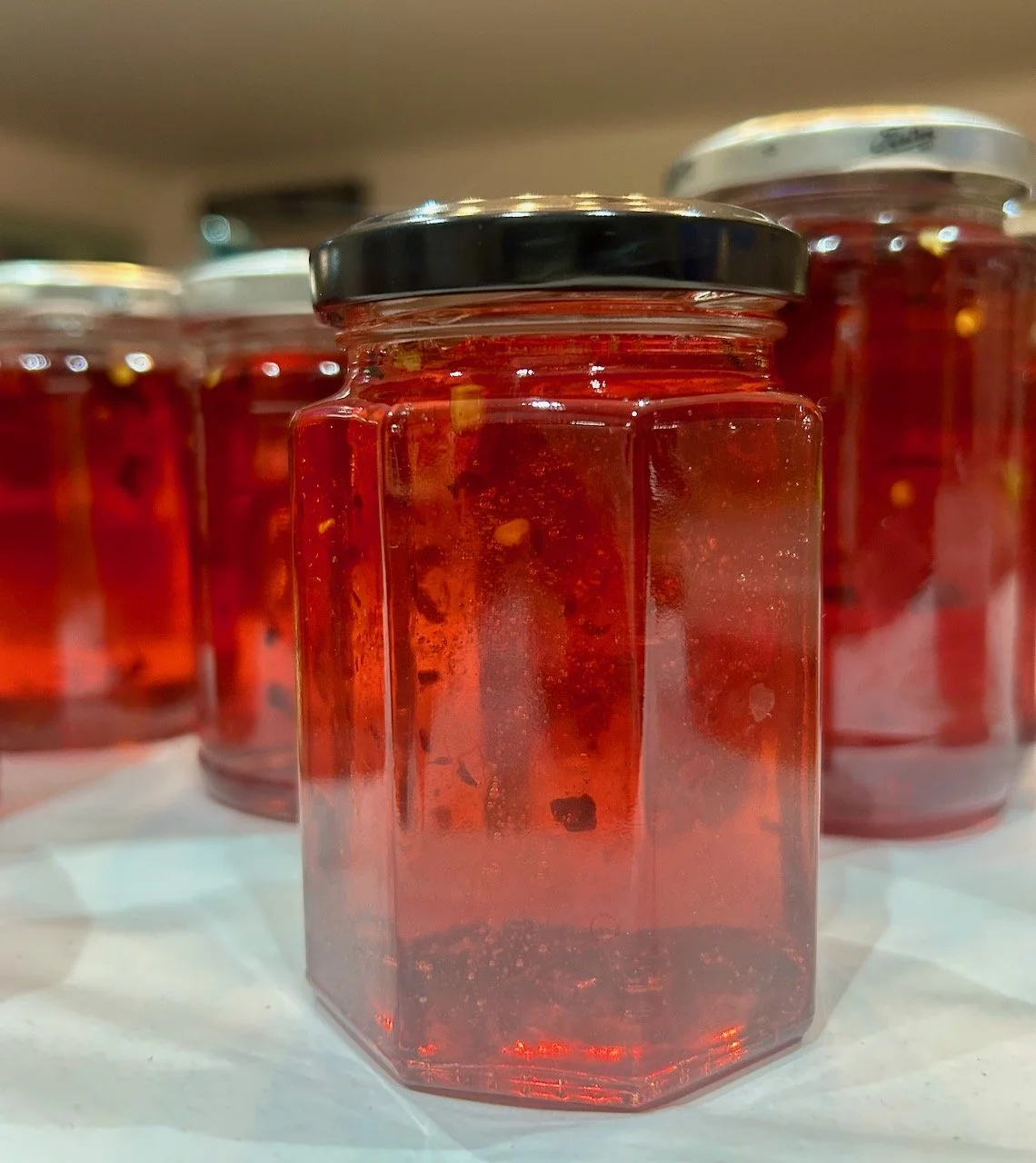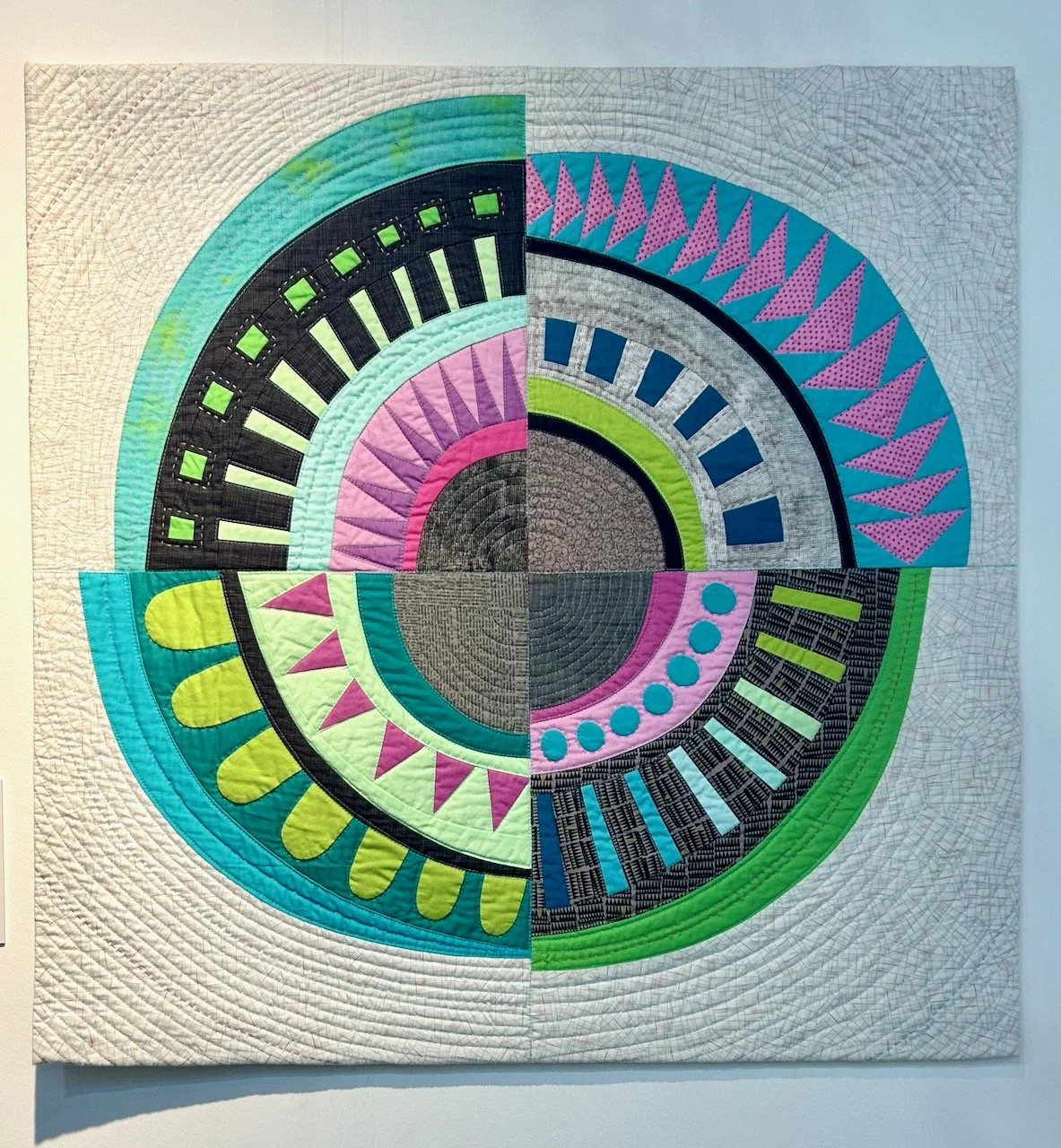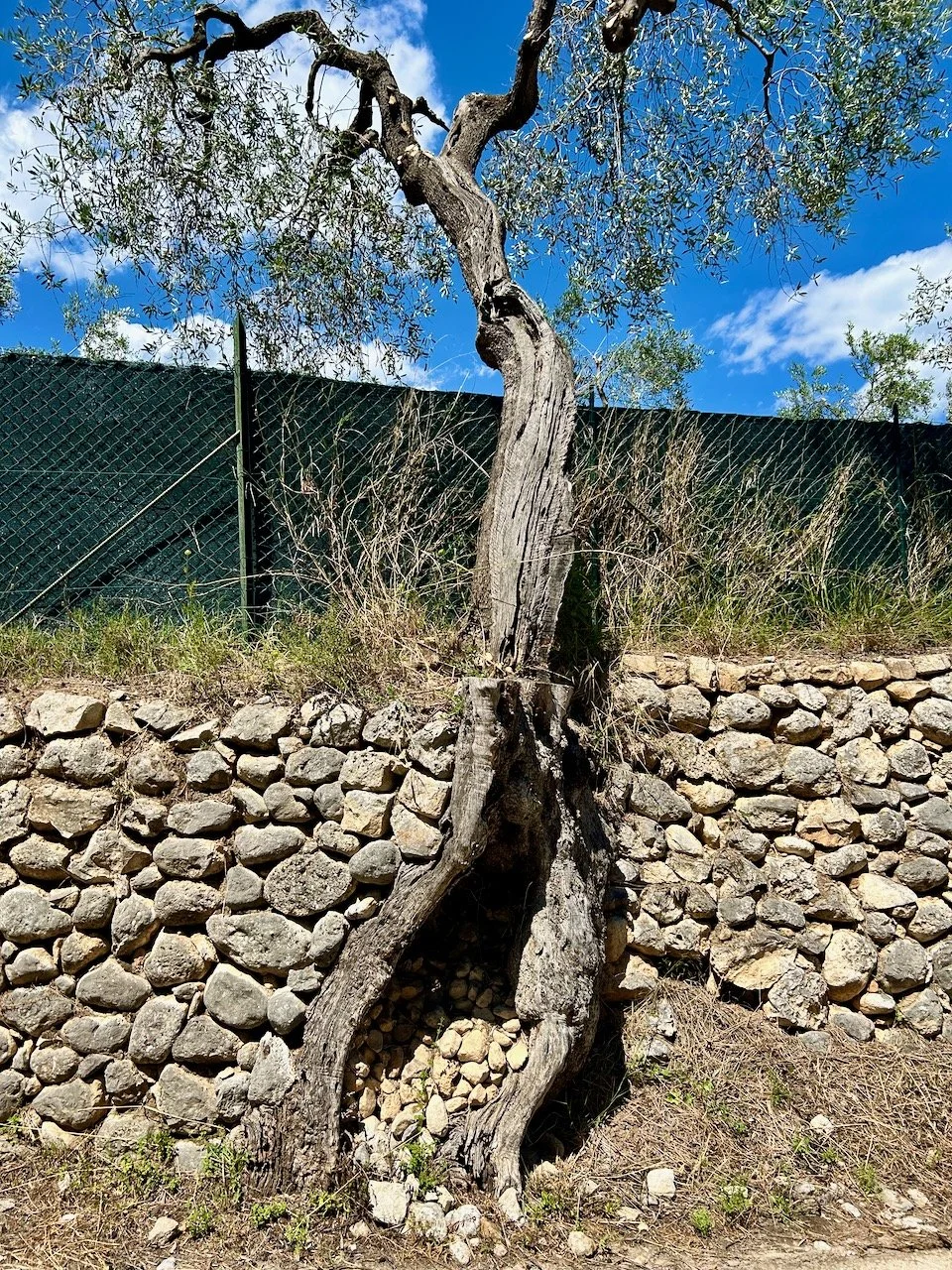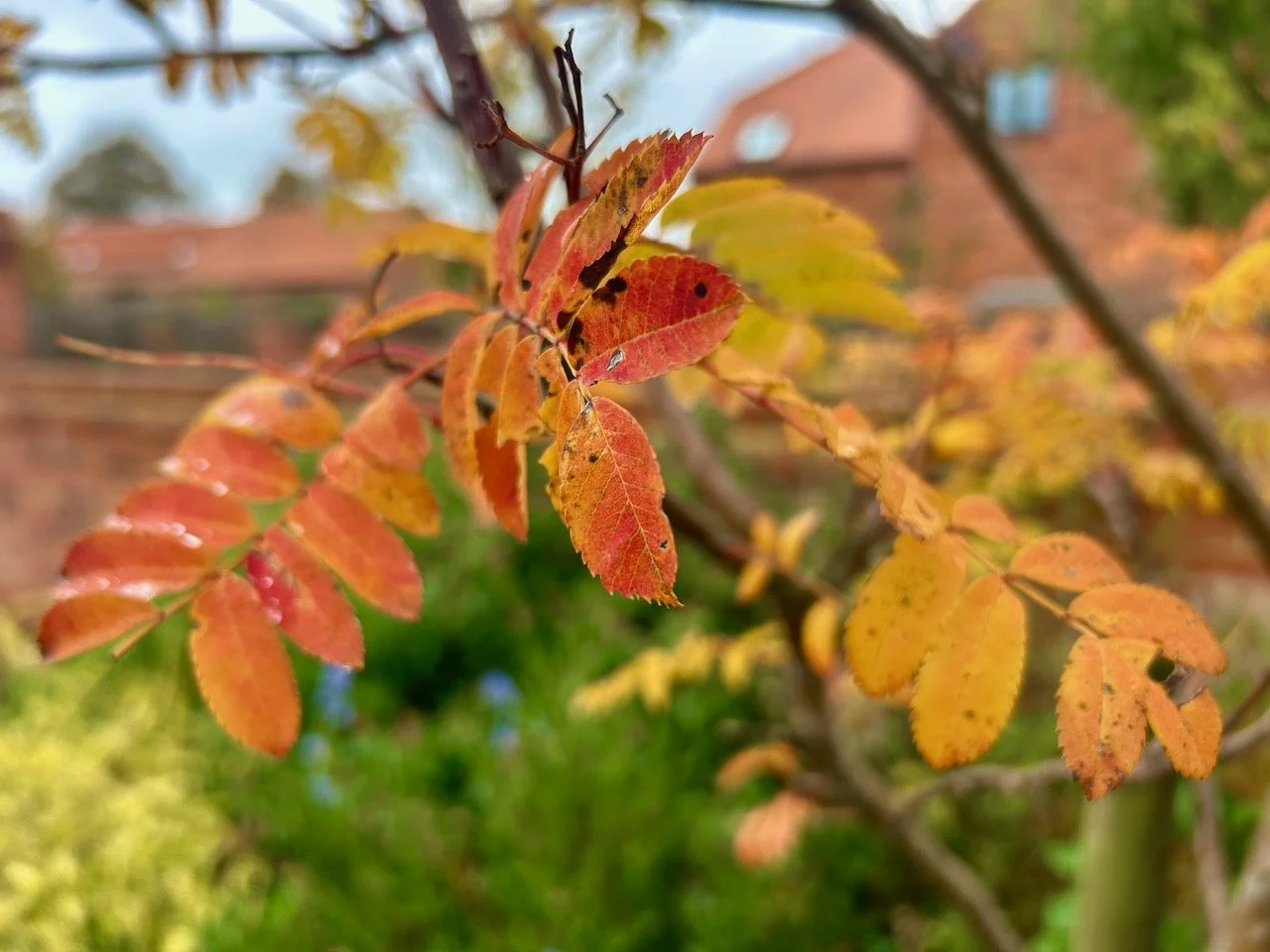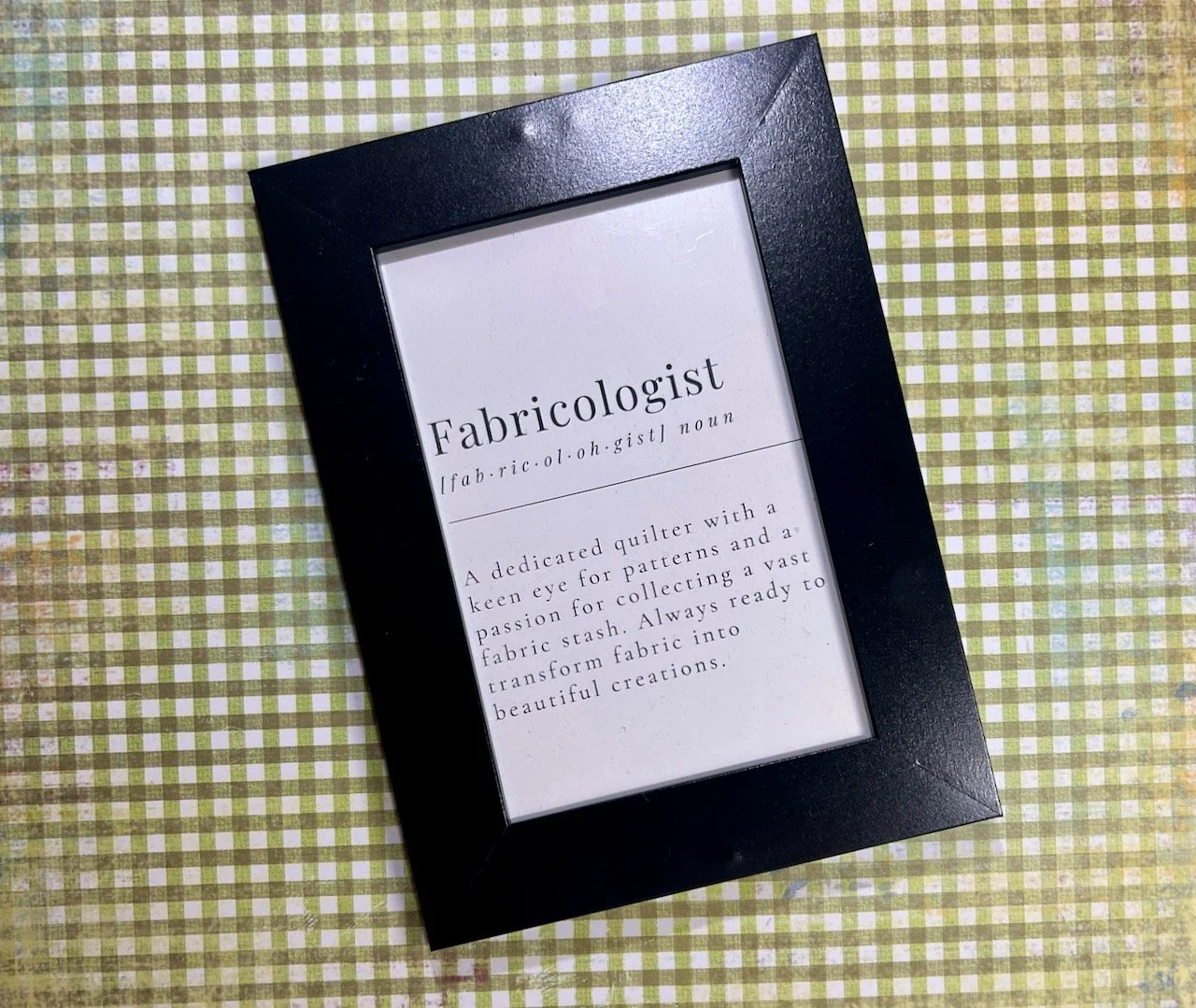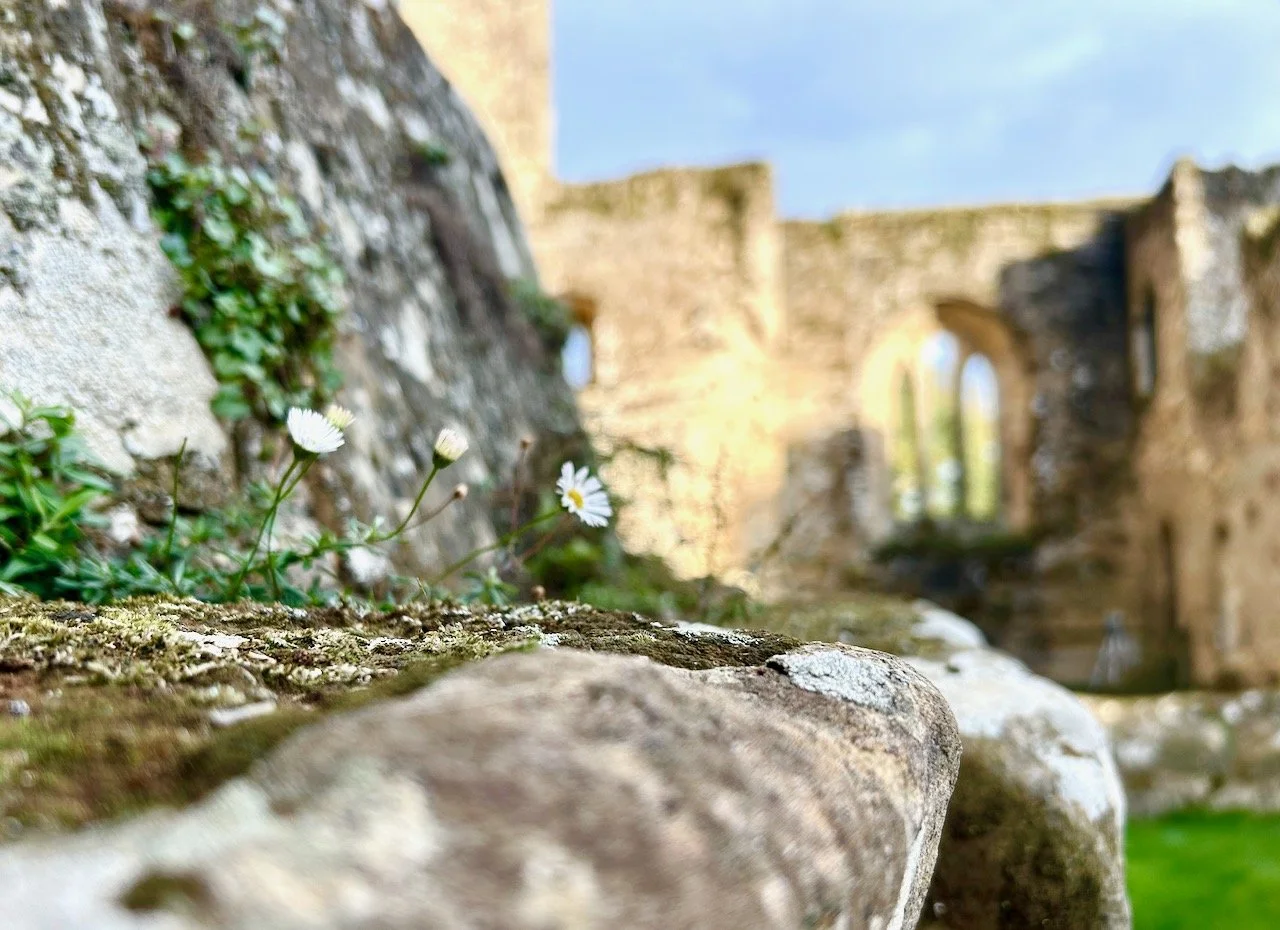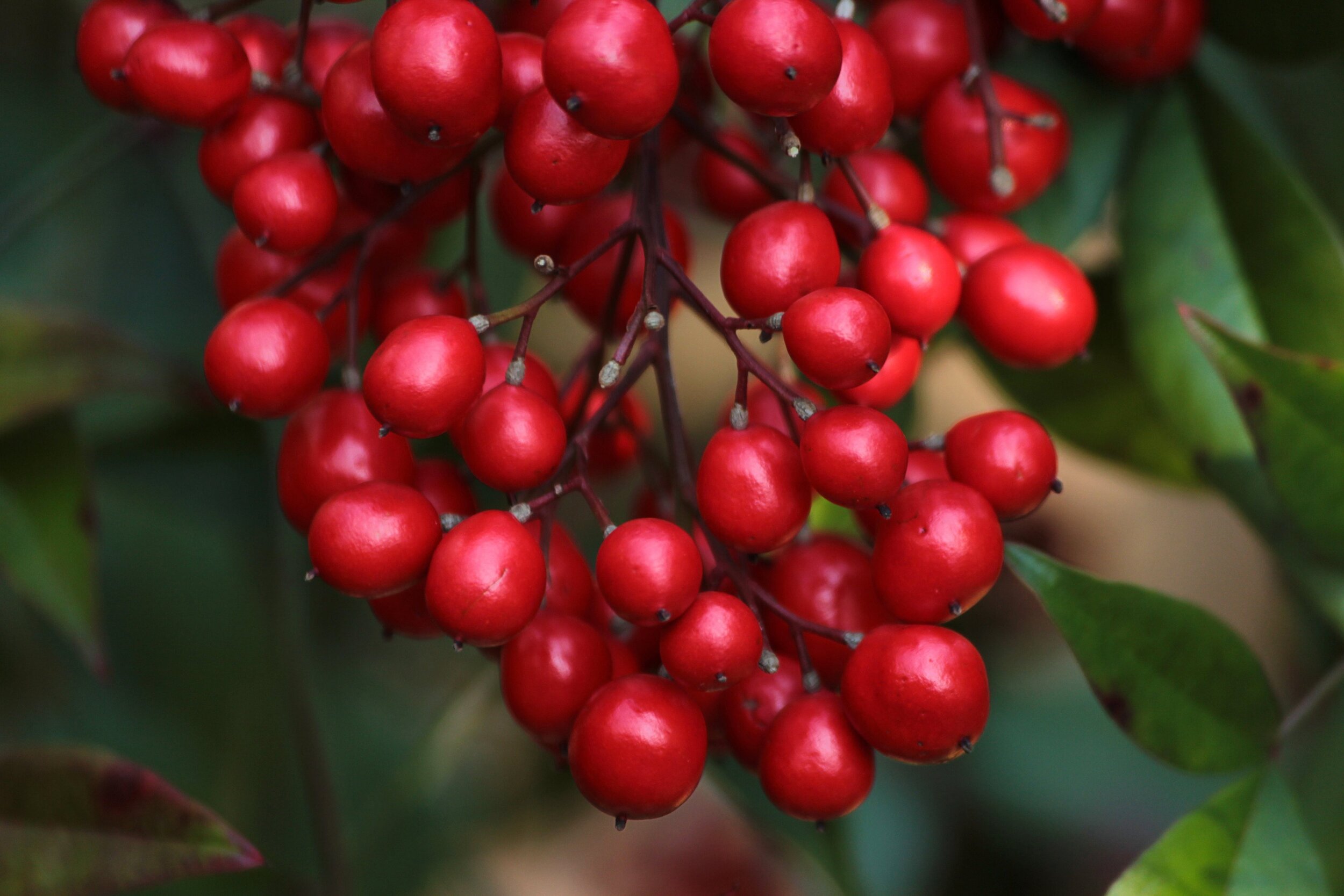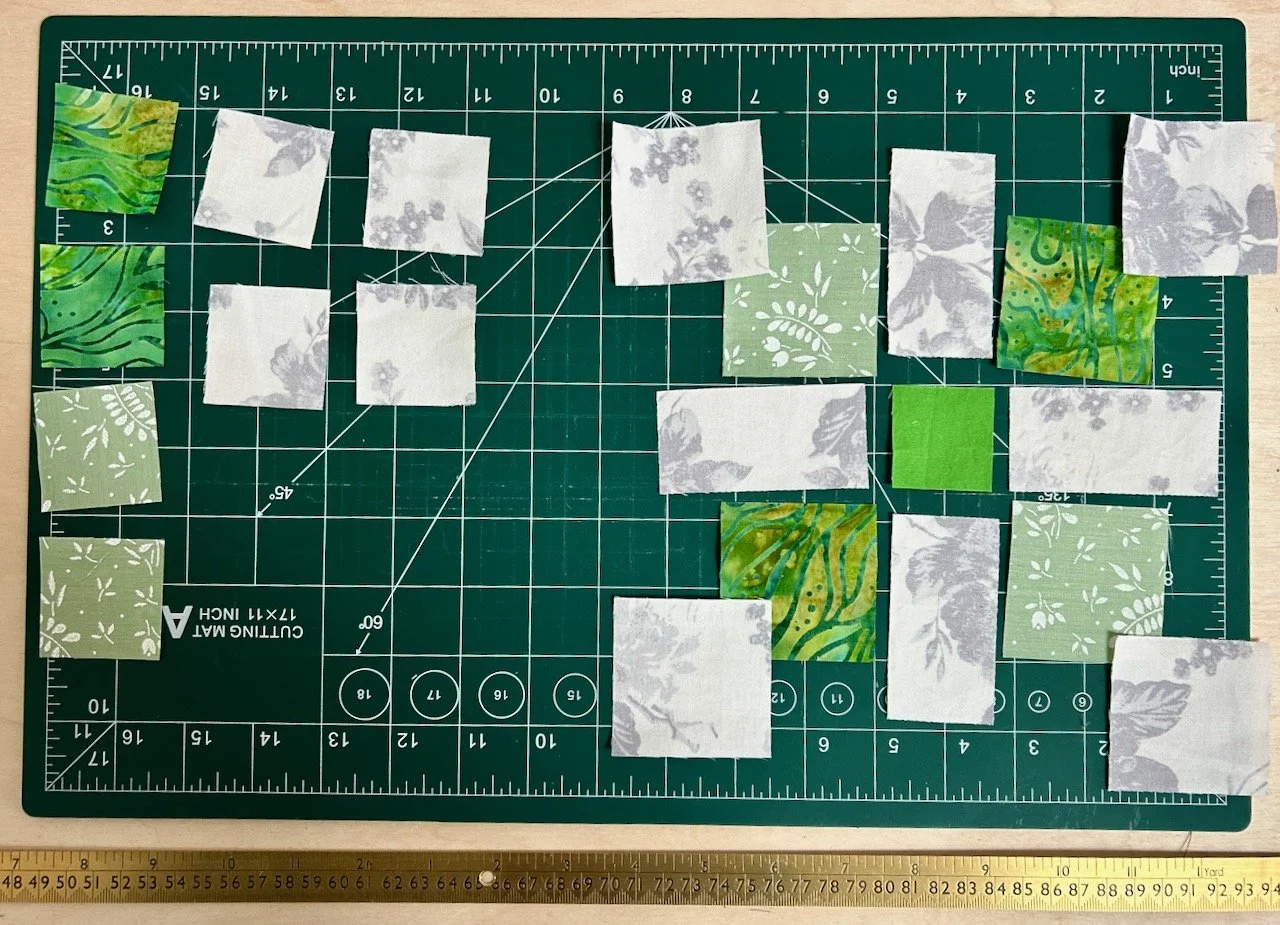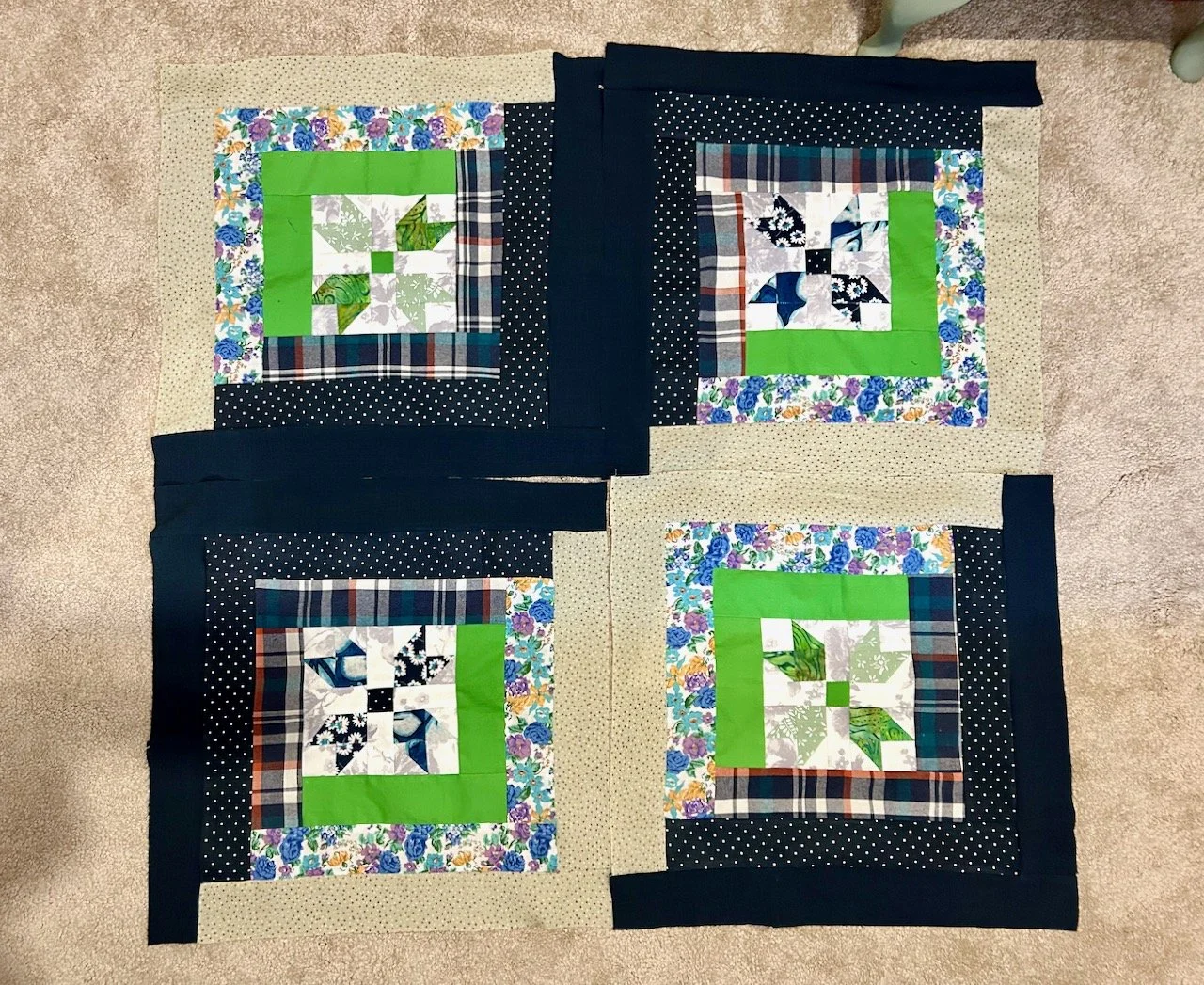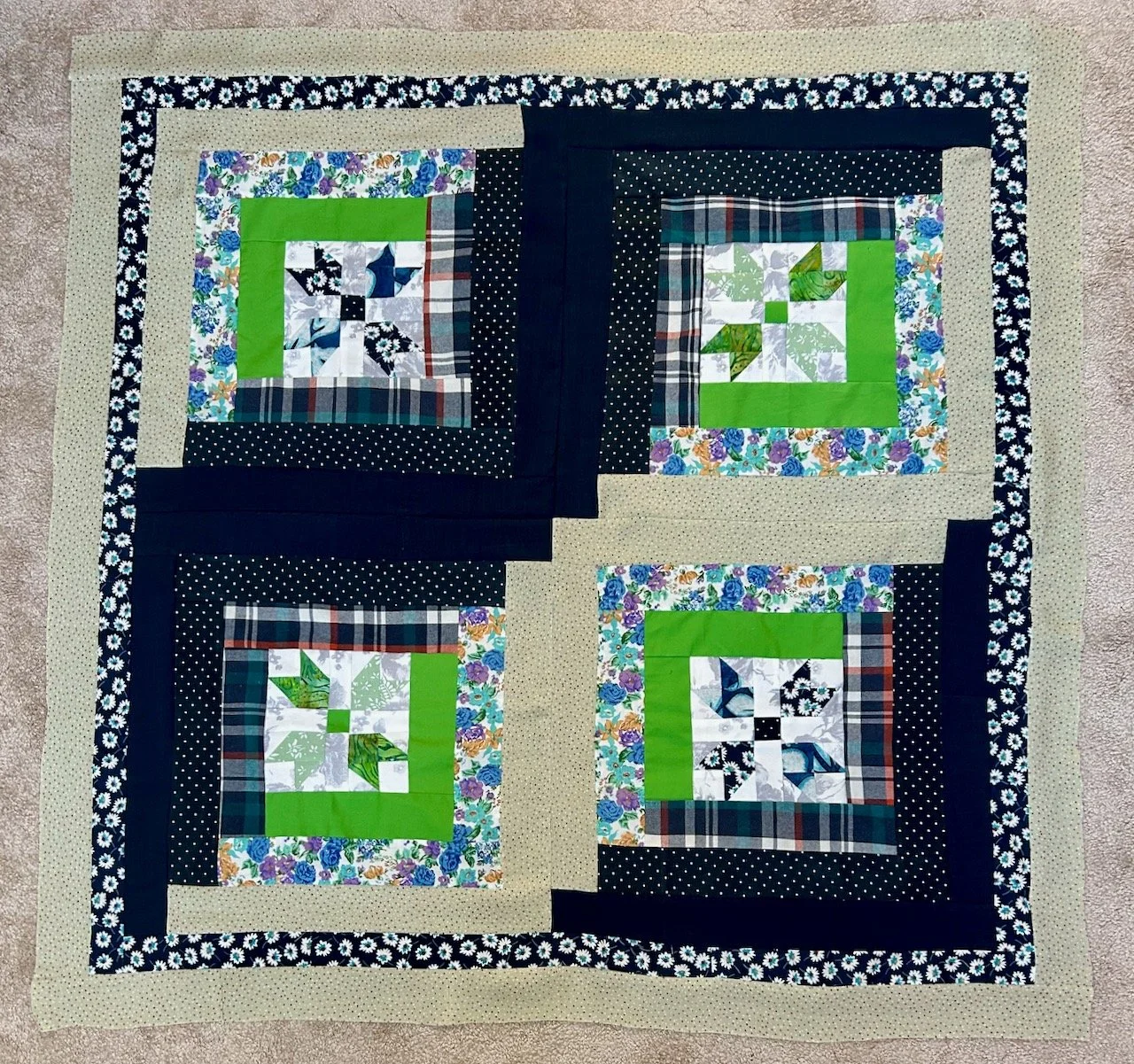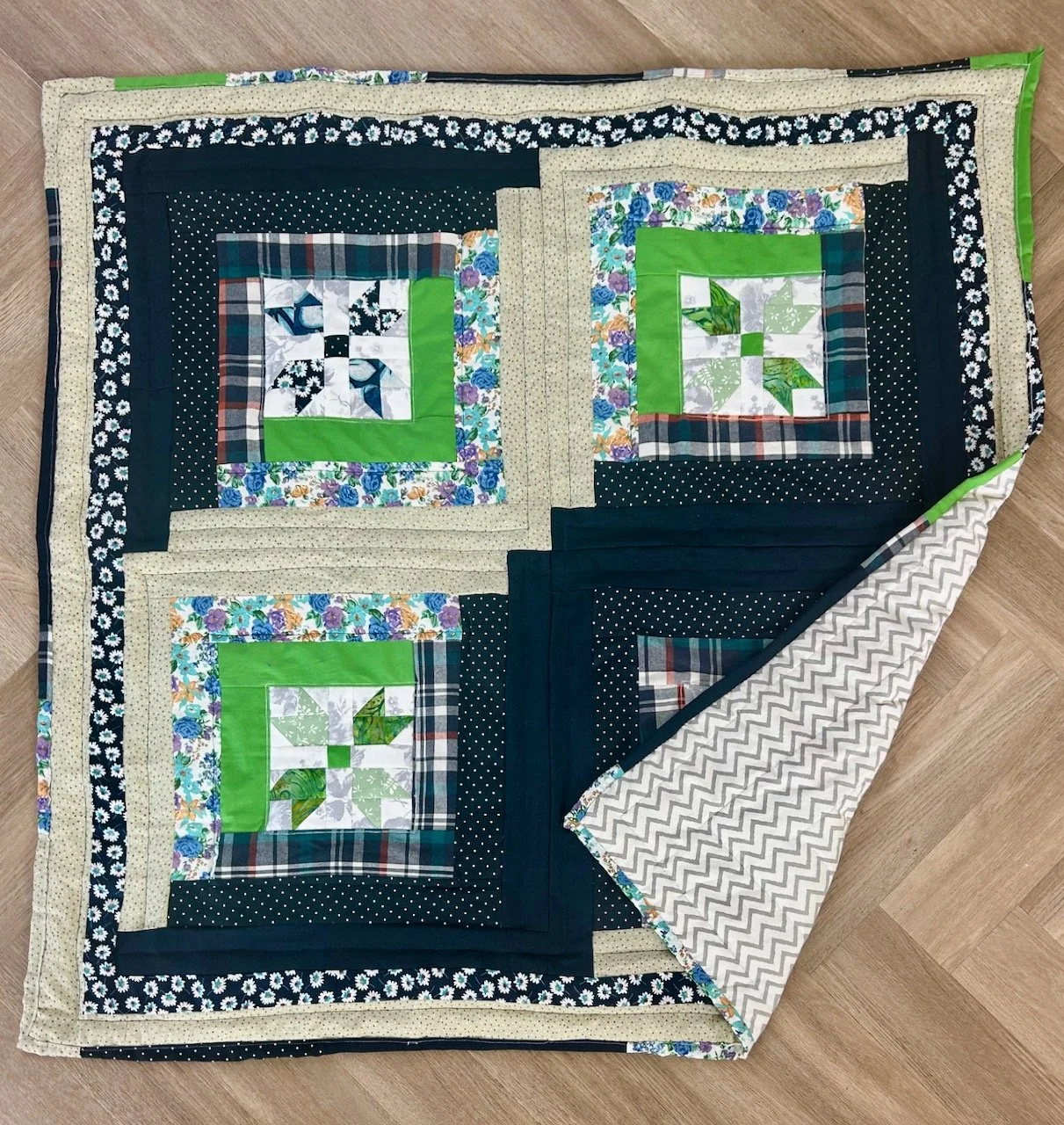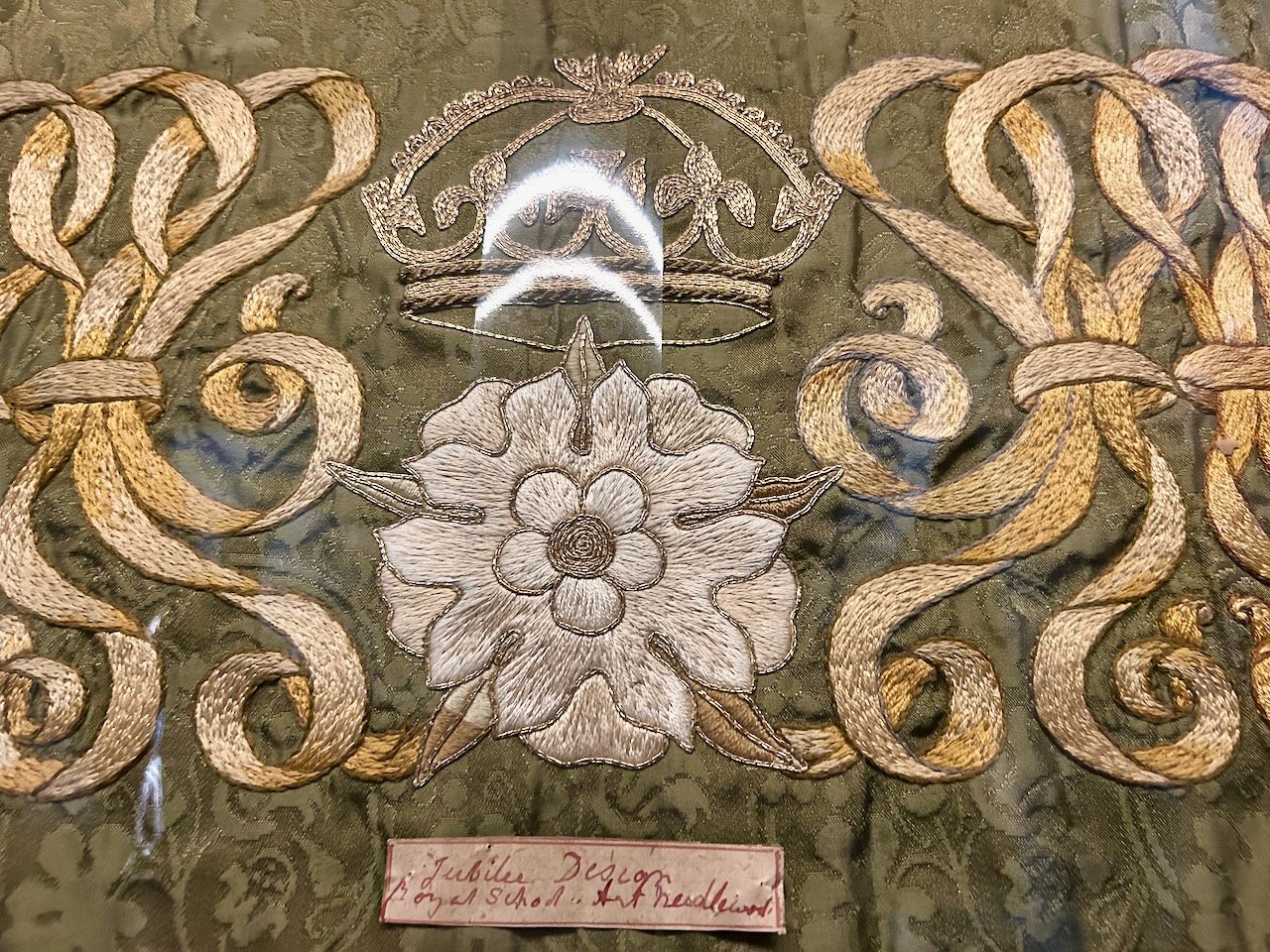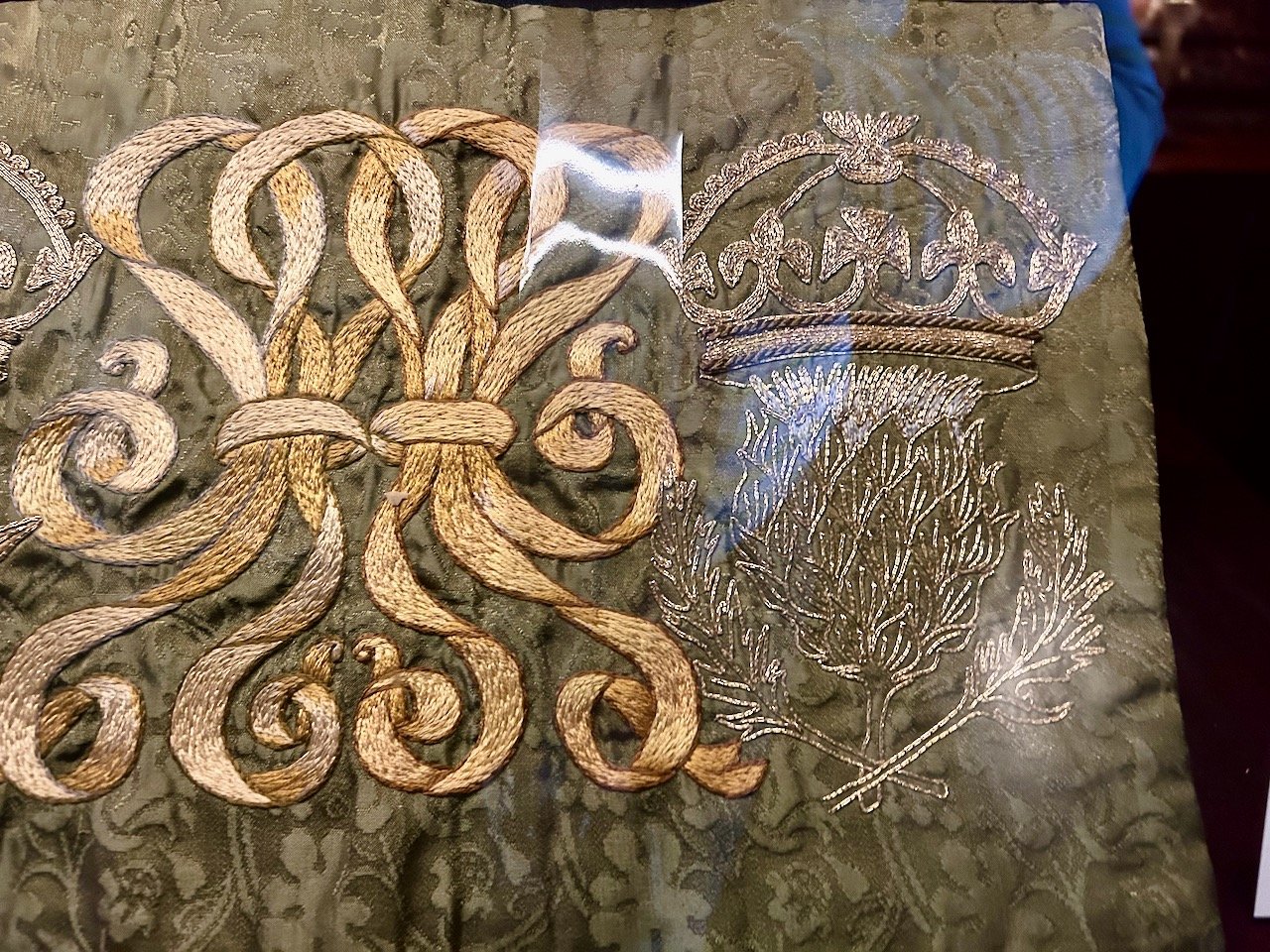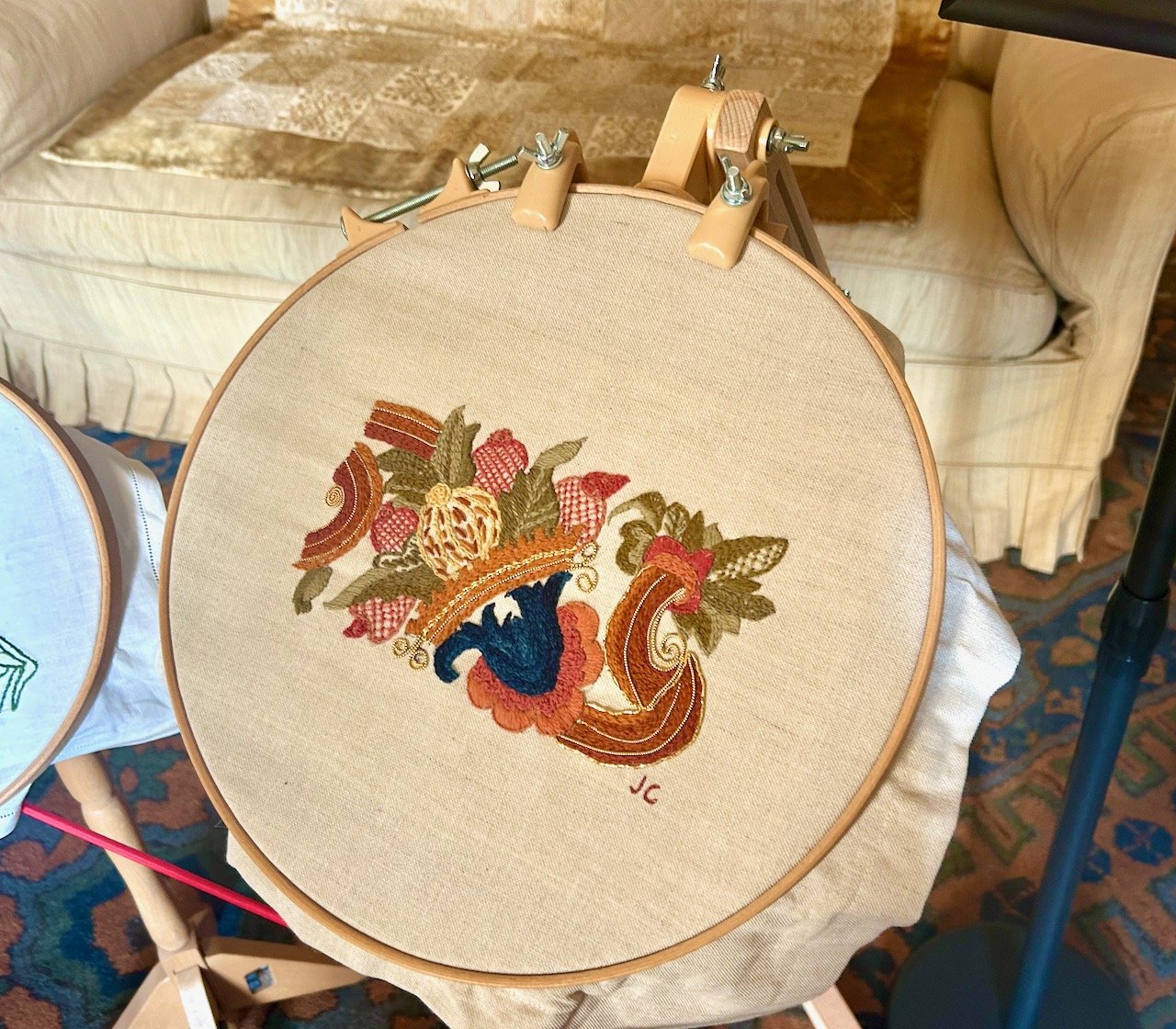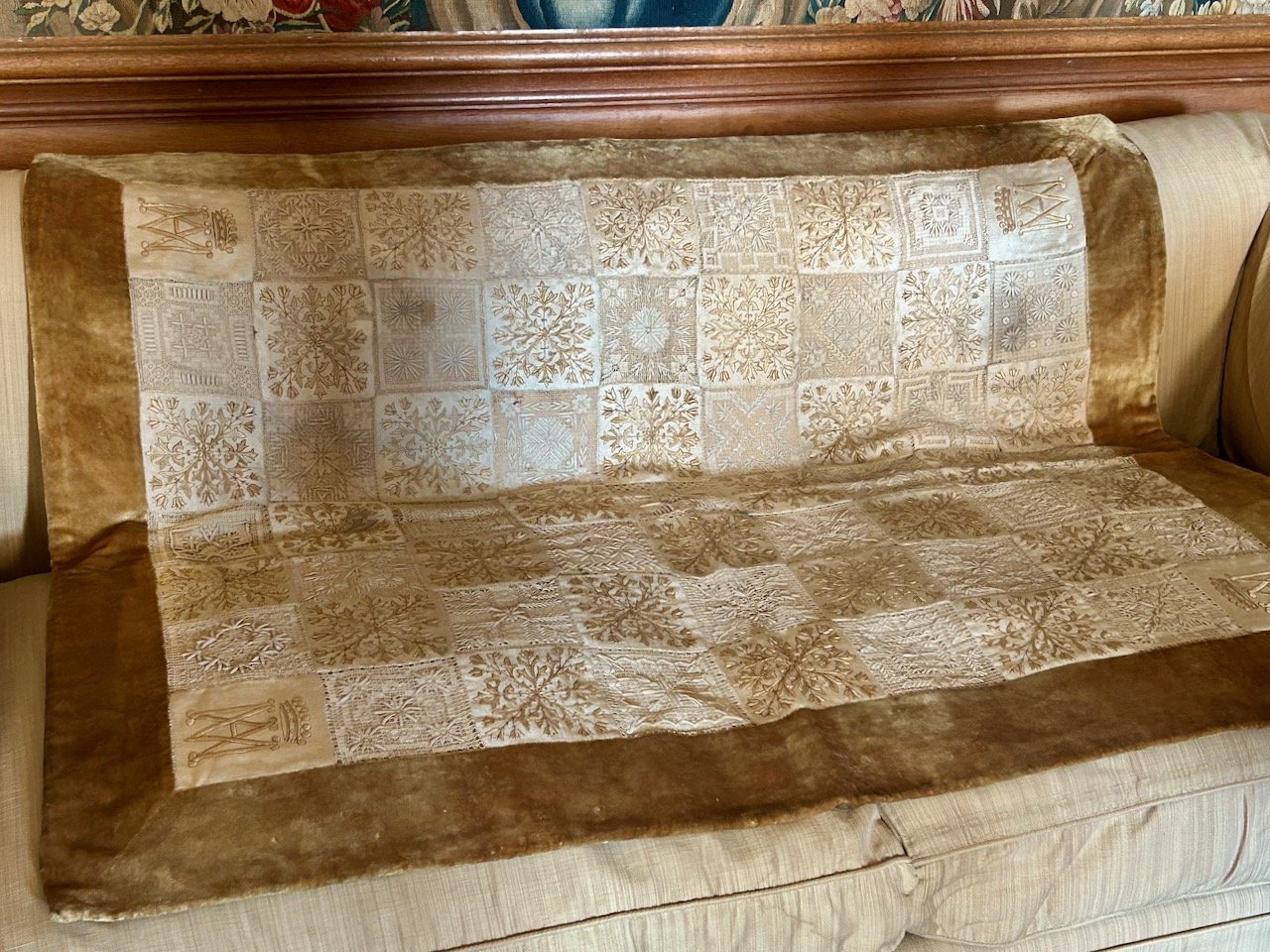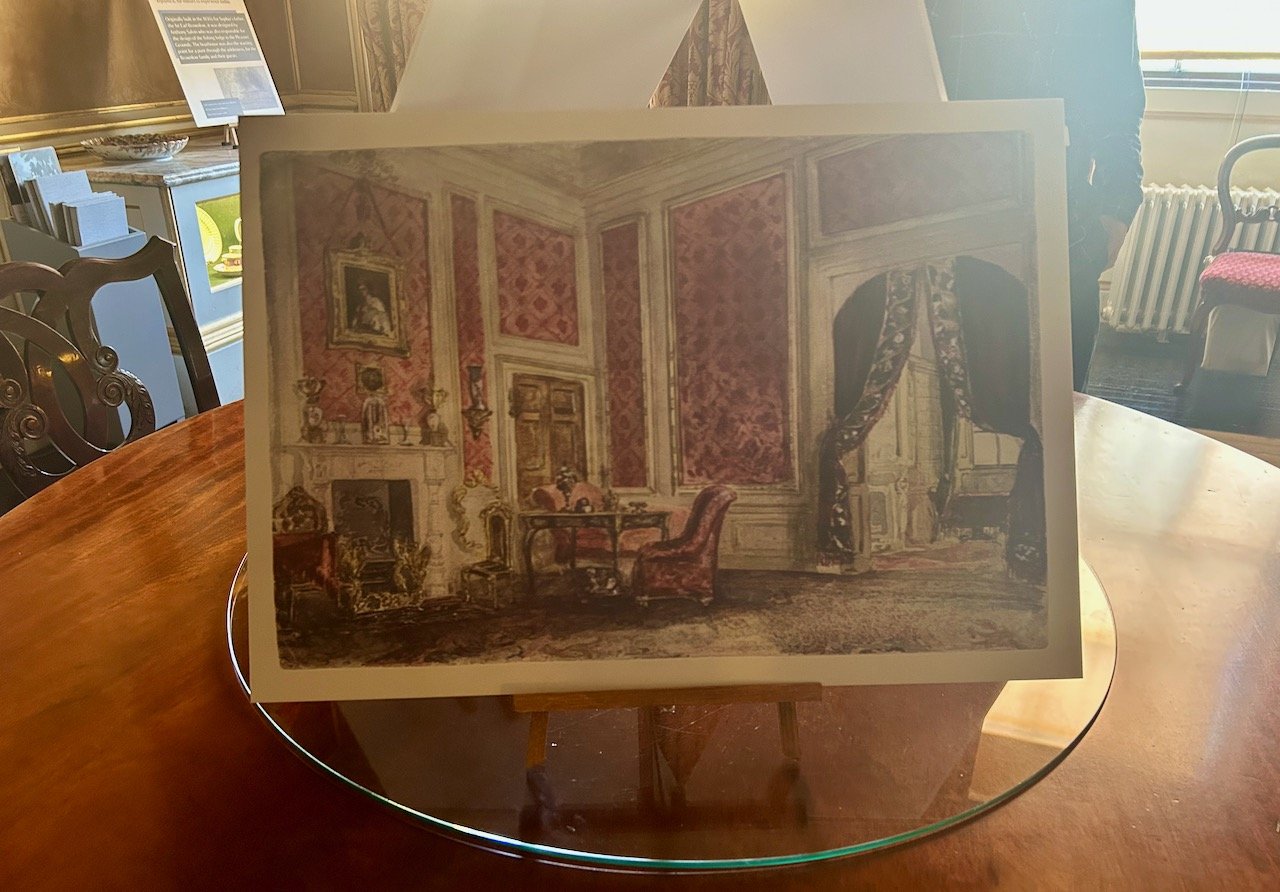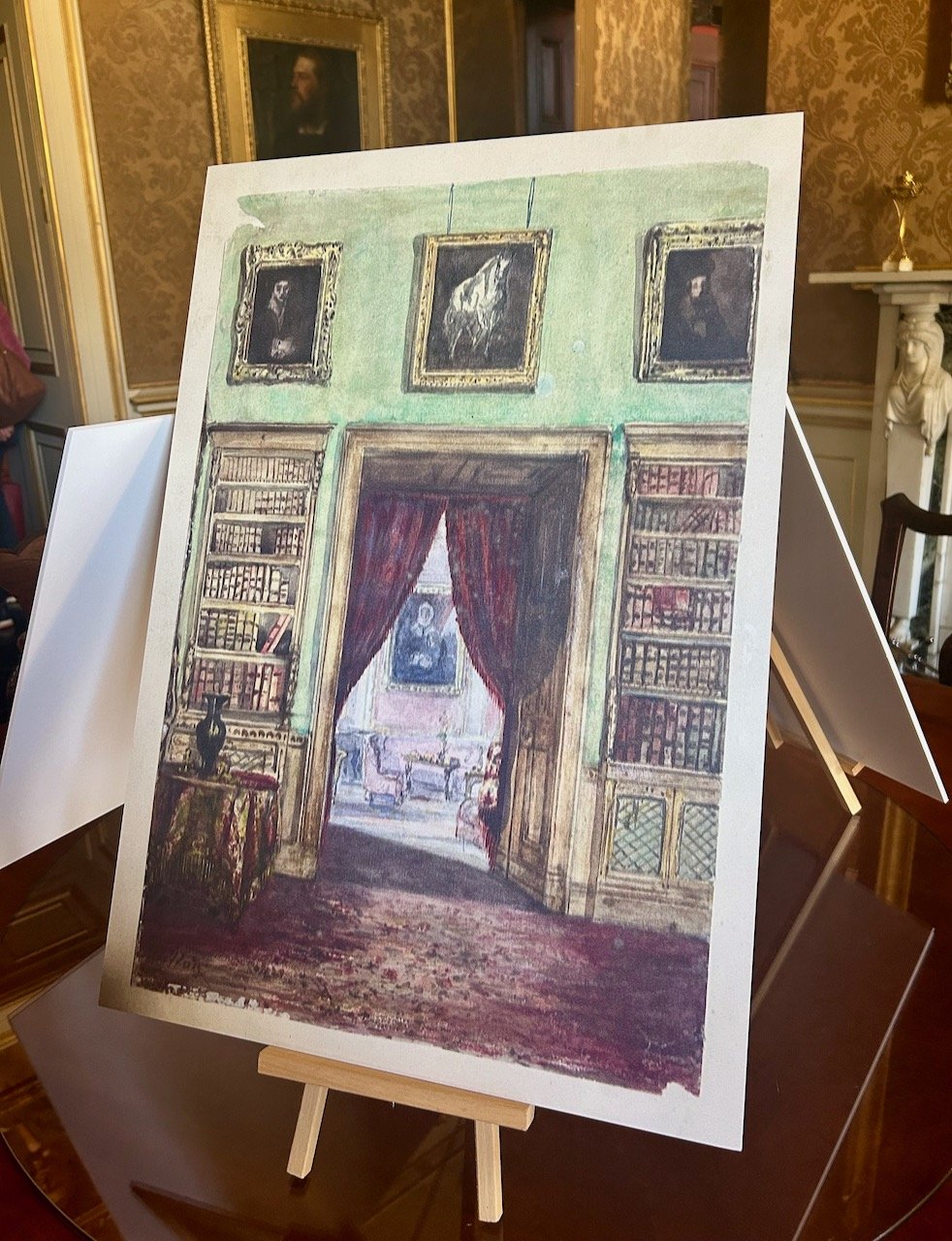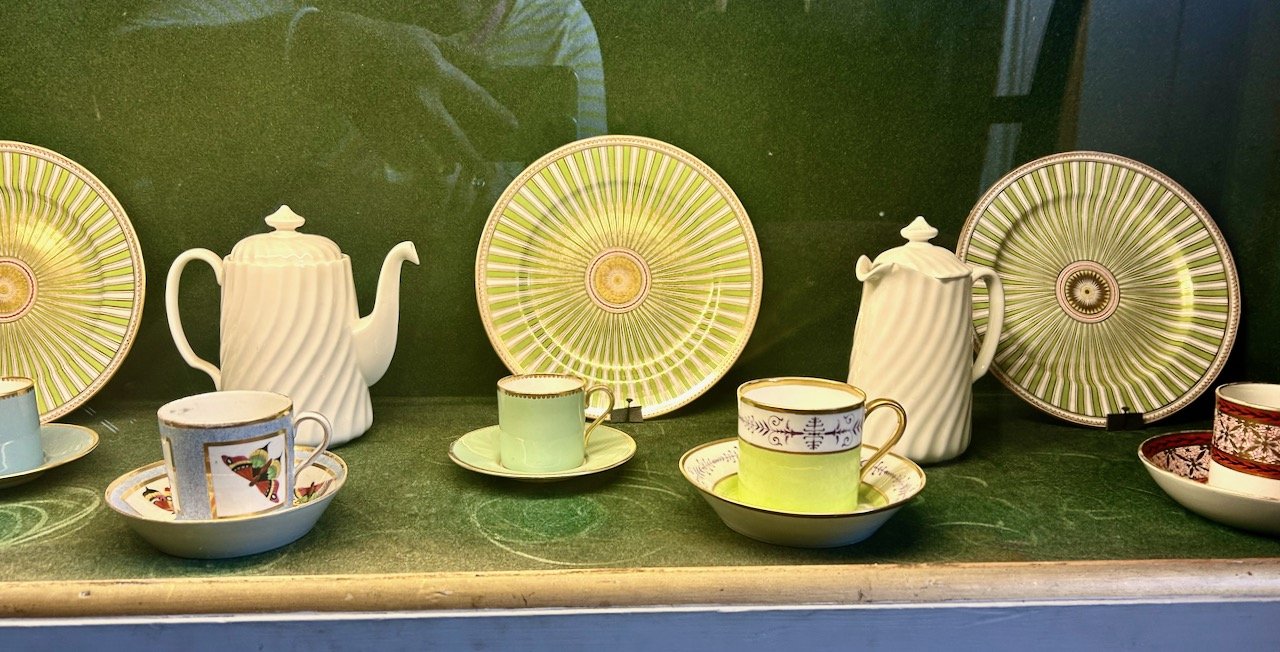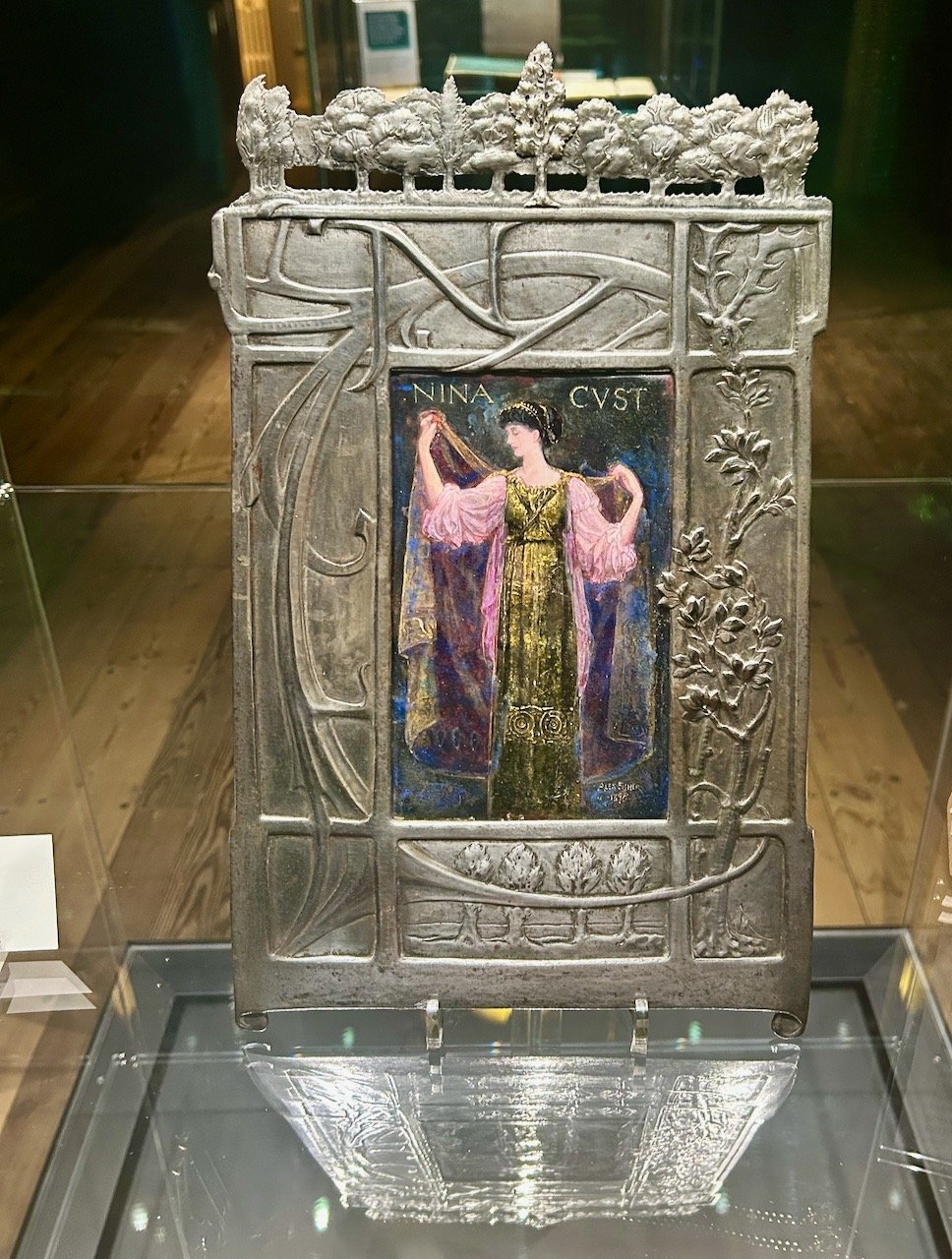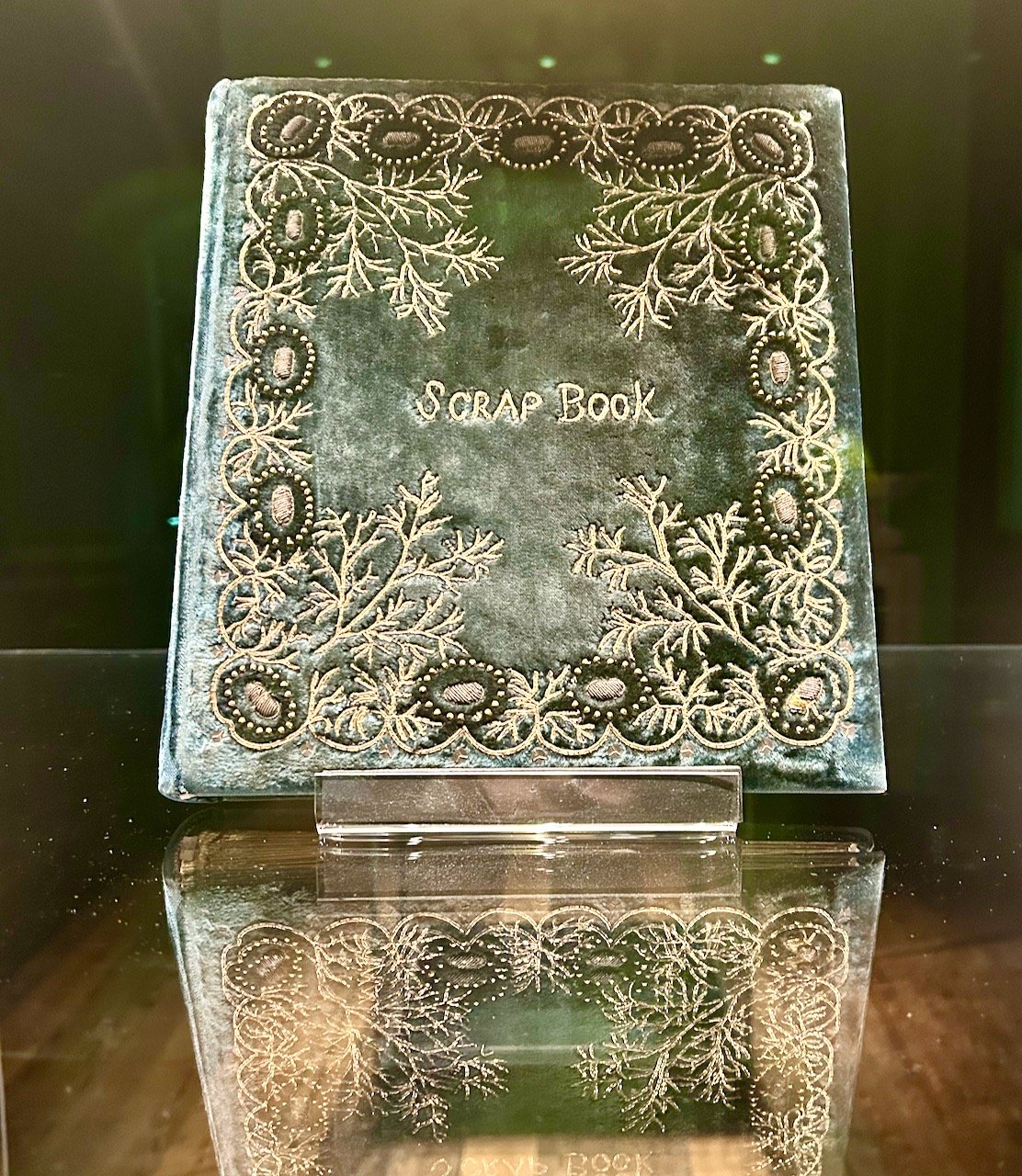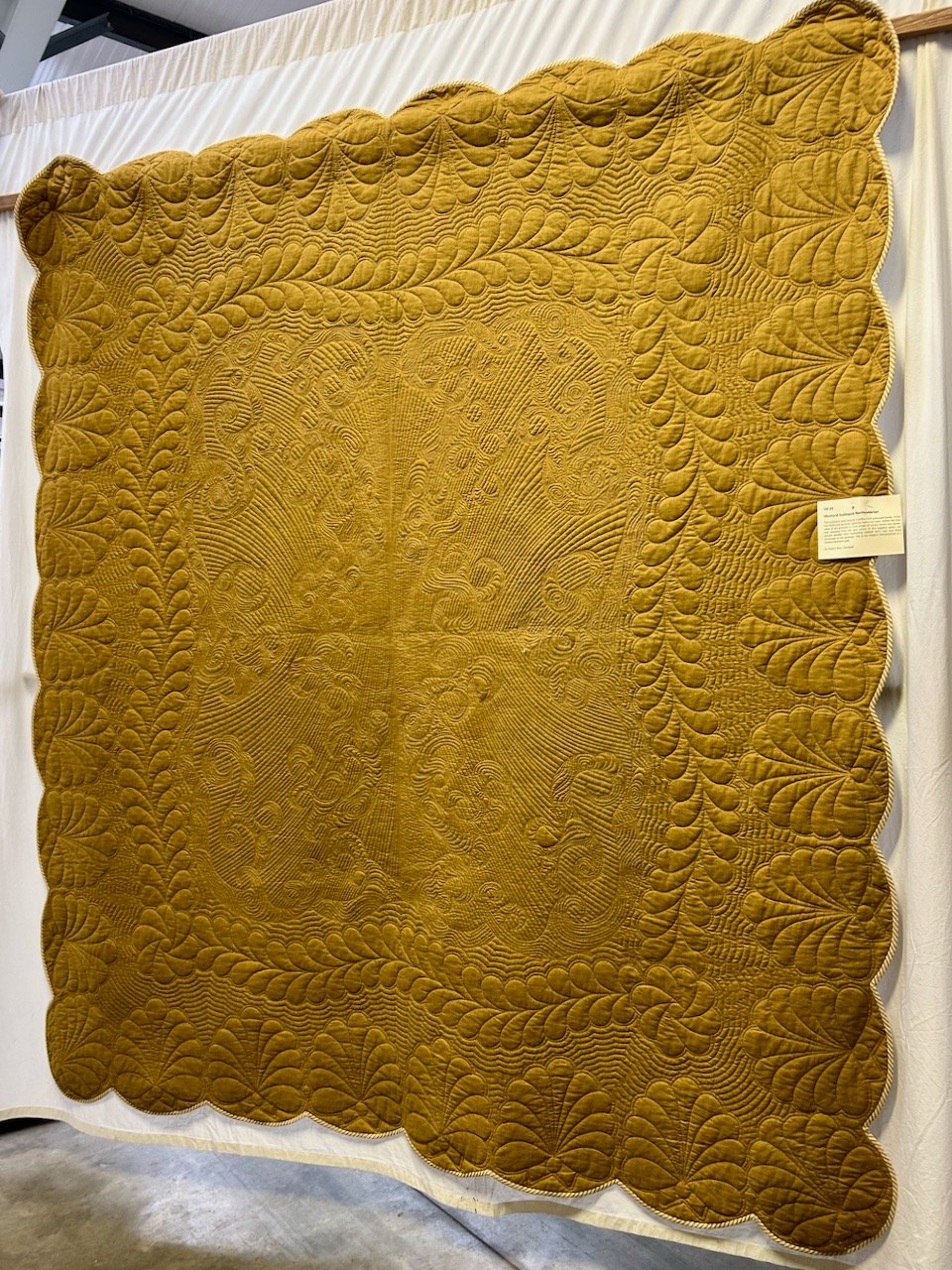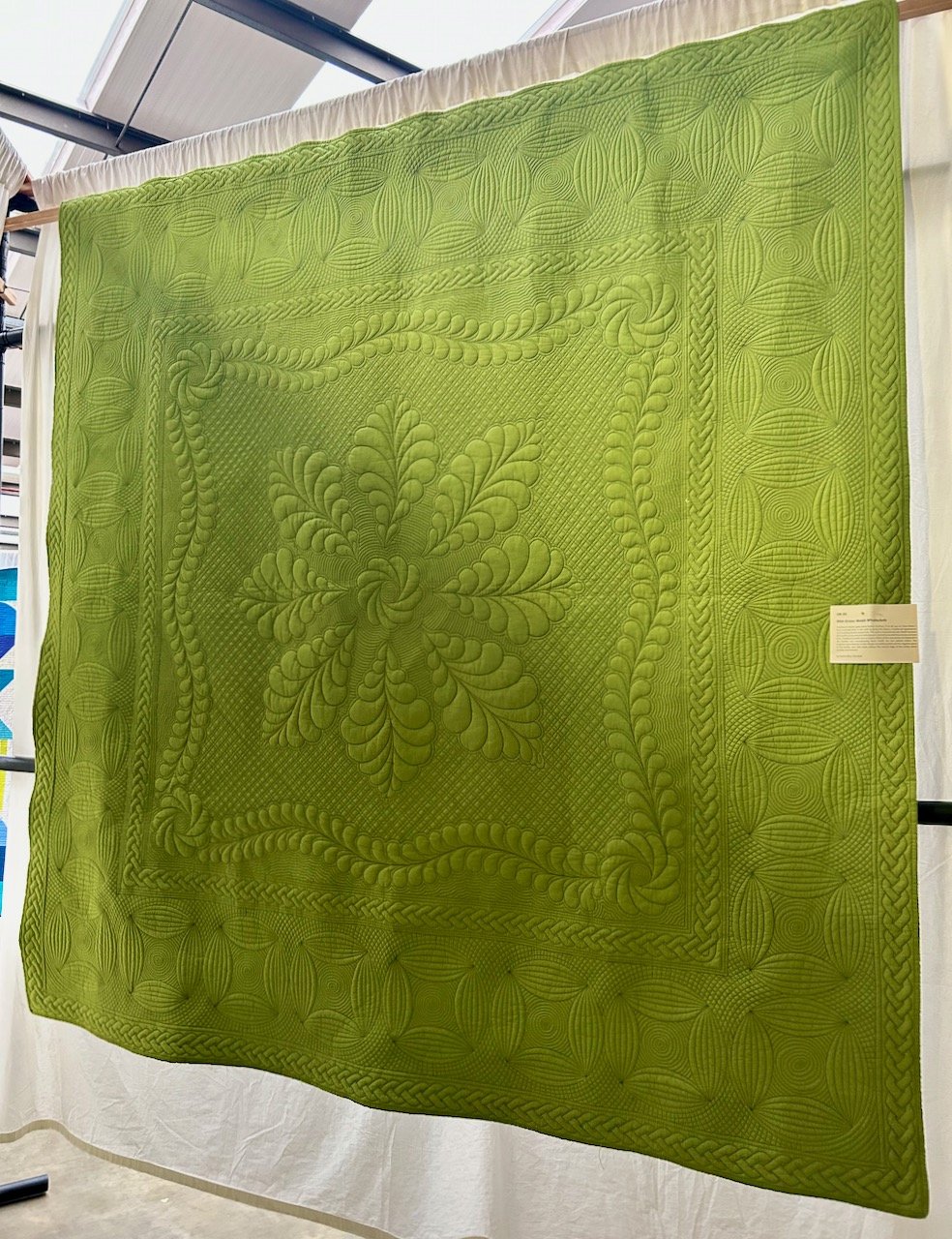I’ve made another quilt as part of my quilting ‘stretch’ project this time using the February block from Sherri at A Quilting Life’s mystery block a month. As I said then I don’t know if I’ll manage to make a quilt a month, but I won’t really know unless I try…
I already suspect that the warmer months may be more challenging, what with adding in some time to garden as well as going out and exploring the area around where we live, but that’s the point of a challenge right.
My fourth donation quilt
When I pulled the fabrics from my stash I had no intention of making this vintage star block in blues and greens, but there you go, those are the fabrics that called to me and so that’s what I’ve got. Unlike last month I don’t have a silly name that makes me smile, but I’m pleased to have repurposed quite a few old clothes in this one.
And when I say quite a few I’ve used material from old cropped trousers of mine (from three pairs), an old shirt of MOH’s, a blouse of mine and even some from Hawaiian swimming trunks. In fact the only piece that’s remotely new is the navy and white flowered material, which I bought in Newark whilst I was collecting additional material for the flying geese quilt, before I changed my mind.
But onto the blocks
I found this block centre more challenging, right from the off - but entirely because I misread the instructions. Instead of making HSTs (half square triangles) from the smaller squares I used the larger ones and of course they didn’t come out right. So with more squares cut, and my first learning under my belt I was back on track.
My second learning came on trimming the HSTs - the rotary cutting mat made life a lot easier, as did using the small square template.
But it was still trickier than it looks. My seams were, shall we say variable, and didn’t always meet where they should. And once I’d sorted one seam’s placement another misbehaved, but I did get my four blocks (with variable seams) done, and I’m happy enough with them.
And so with the four centres complete I added the log cabin borders. My original plan had been to add a dark border but not only was I concerned it would be too dark, I also didn’t have enough of the plain blue fabric left, so I needed another plan.
I used the relatively new flowery fabric to add a border to brighten the quilt overall, and realised that there was plenty of the green spotty material (I’m sure this was a 1990s impulse buy from IKEA) to add a final border. This also brought a learning, and tested my patience, with its tendency to slip about with its own free will. But I got there.
For the backing I cut into an old duvet cover, and I think the grey and white zig zags really work - it’s definitely super soft, that’s for sure.
Once again I added my usual scrappy border, using up the majority of strips I’d cut for the quilt top. Looking at those central blocks now, I’m not looking at the wonky seams (well not so much) I’m looking at the quilt as a whole, so I’m glad it all worked out.
As I’m using these quilts to practice and refine my quilting making skills, I was keen to try something a little different with the quilting. It’s still straight(ish) lines, but instead of ‘stitching in the ditch’ I’ve gone bolder and stitched down the middle of the log cabin strip, using a navy thread - a bold move on the pale green fabric, less so on the plain navy strips!
I think it works, and overall I’m happy with how this one turned out. And as it’s been so nice I took my quilt outside for its own photoshoot in the garden! The block for my next quilt is out already, and it’s another cute one - but first I have to make my own block for my mystery block of the month quilt, all being well I’ll share that here later in the week.
You can see my other quilts which I’ve made to donate to Project Linus - a charity whose mission is to provide love, a sense of security, warmth and comfort to children, who are sick, disabled, disadvantaged or distressed through the donation of new, homemade, washable quilts and blankets, including those that are part of this ‘stretch’ project in earlier posts. I’m aiming to publish an update on my progress in the last week of each month for the remainder of 2025.
